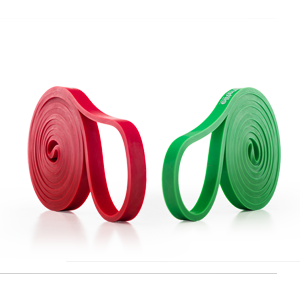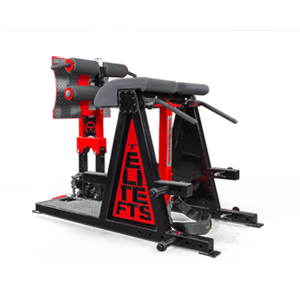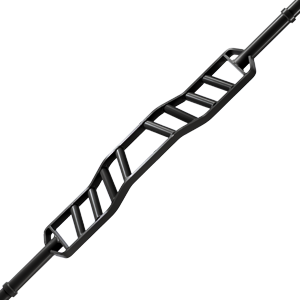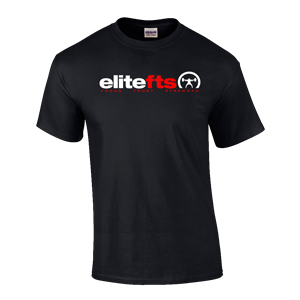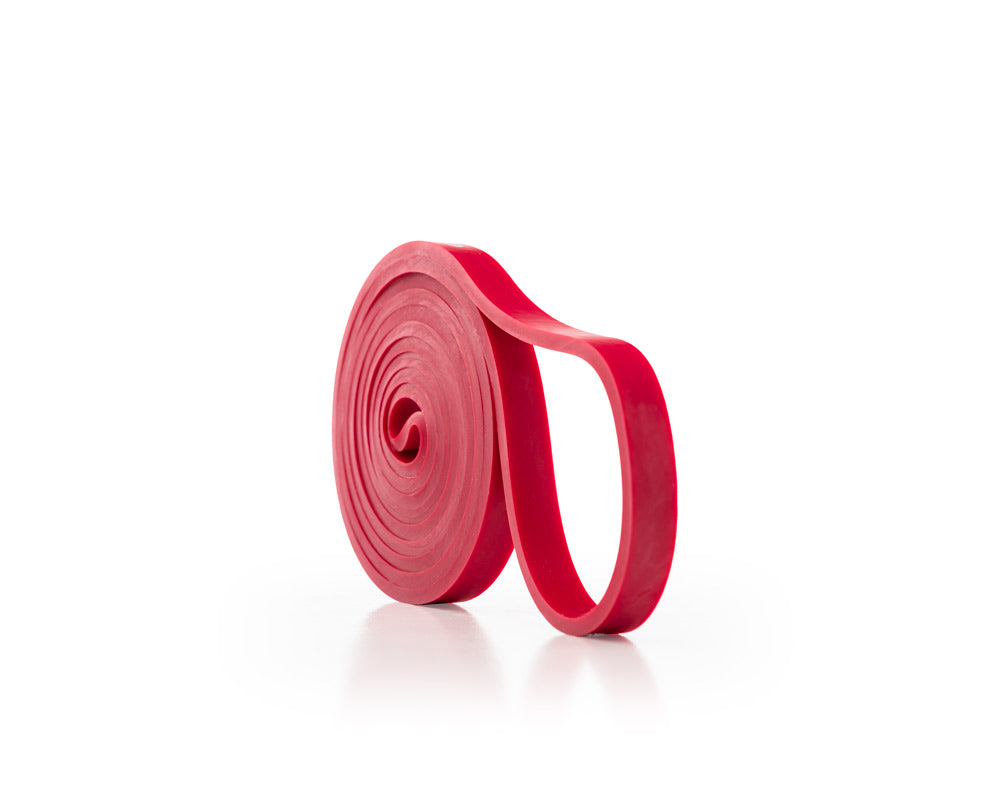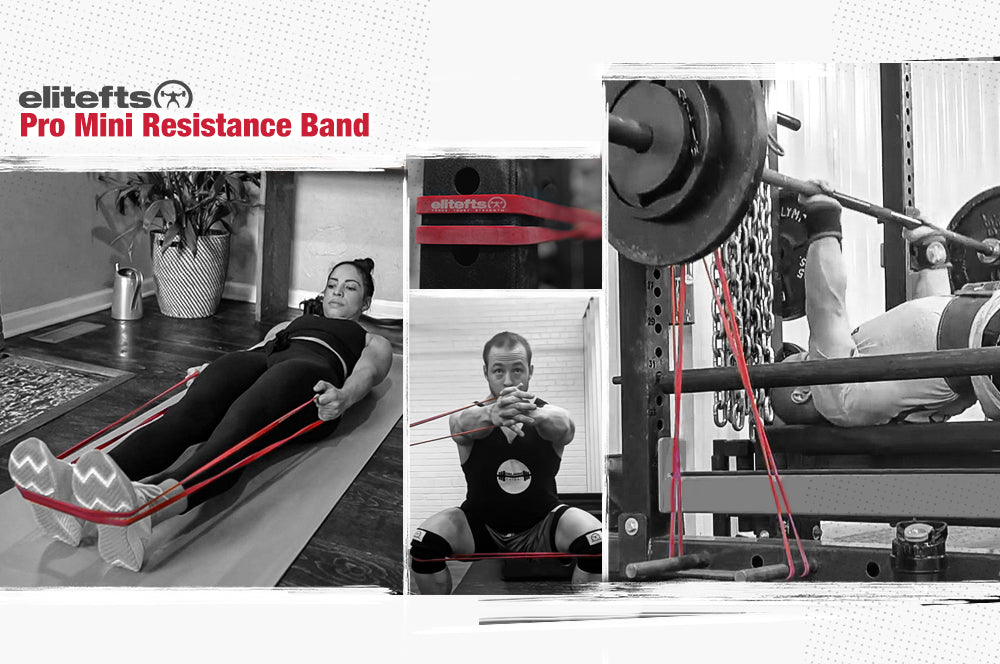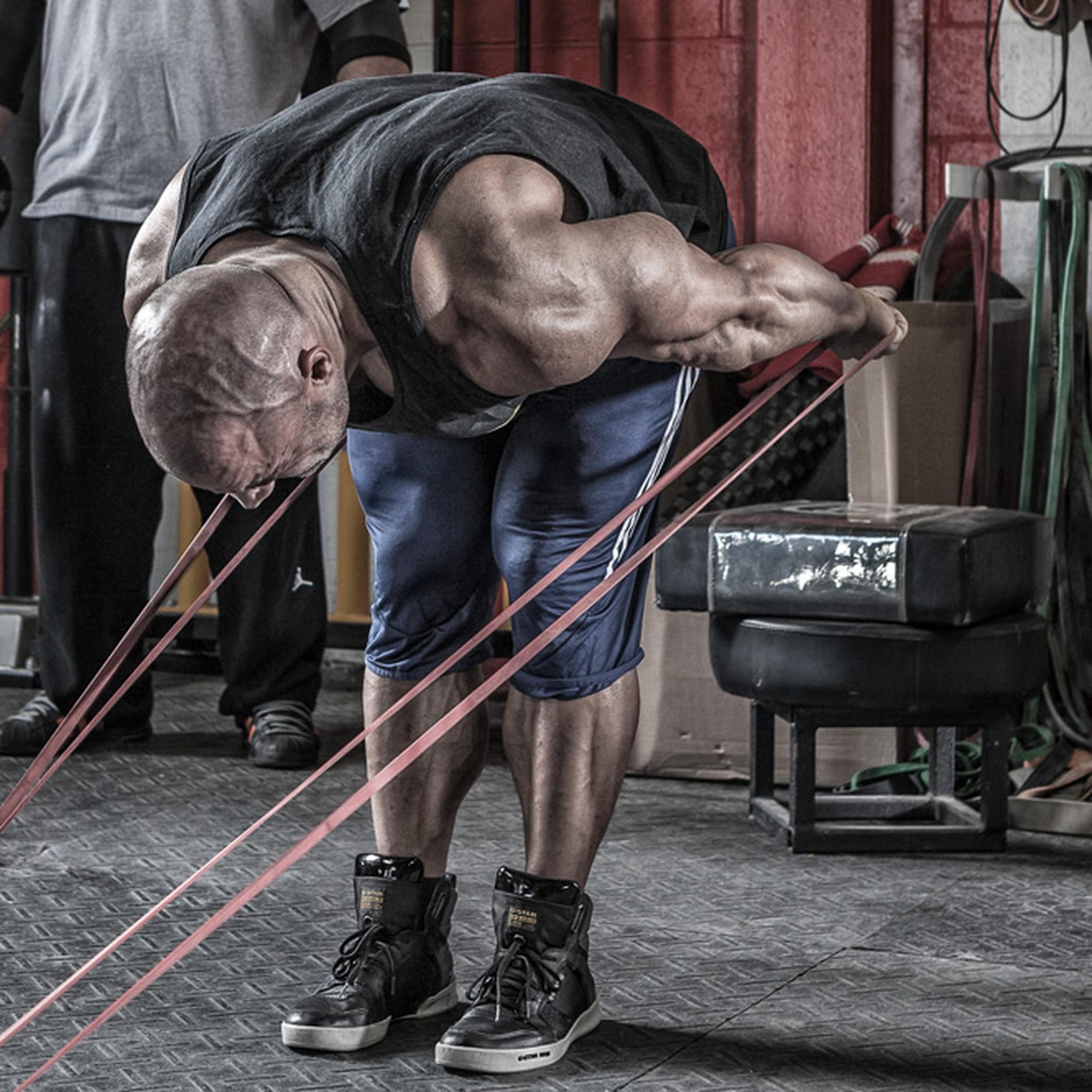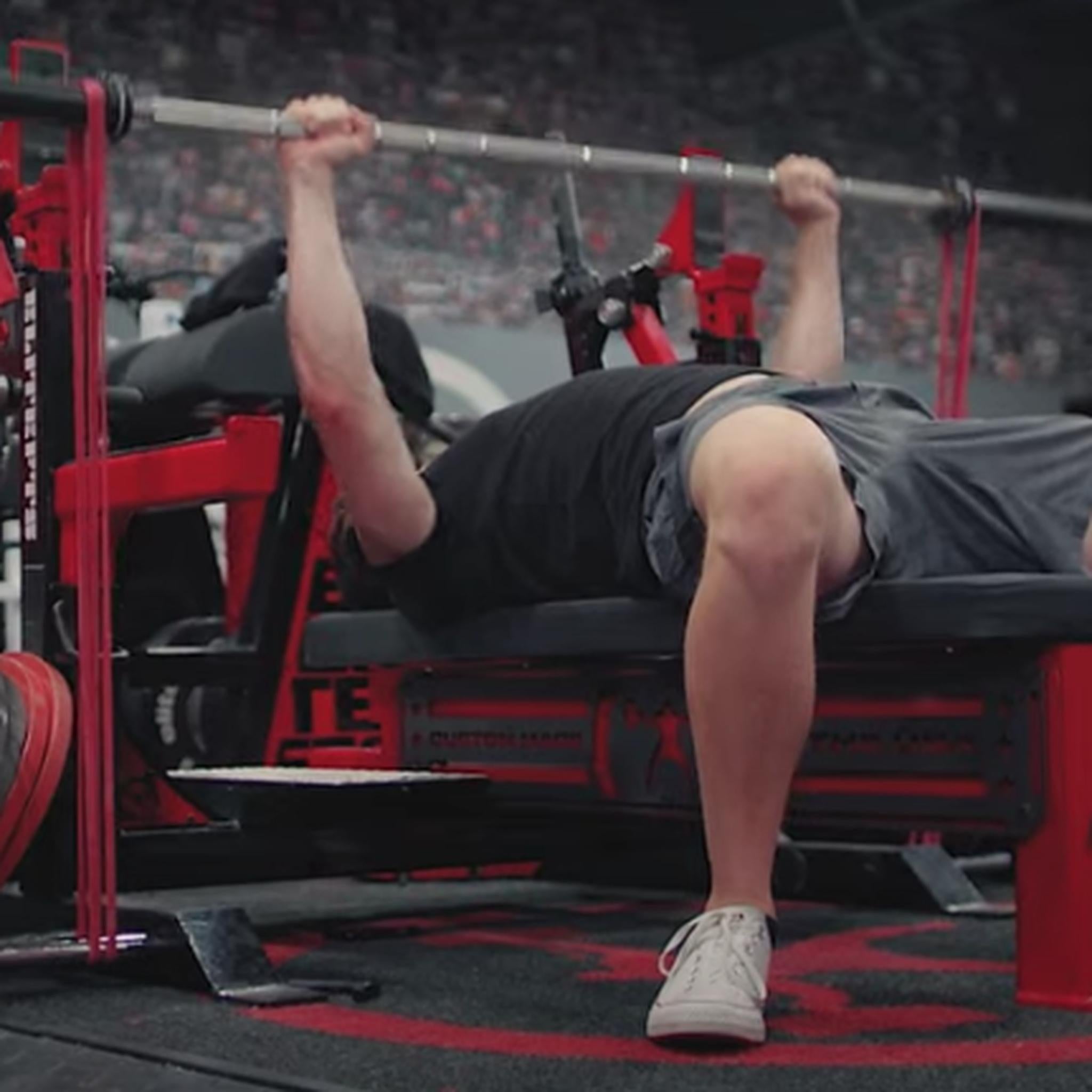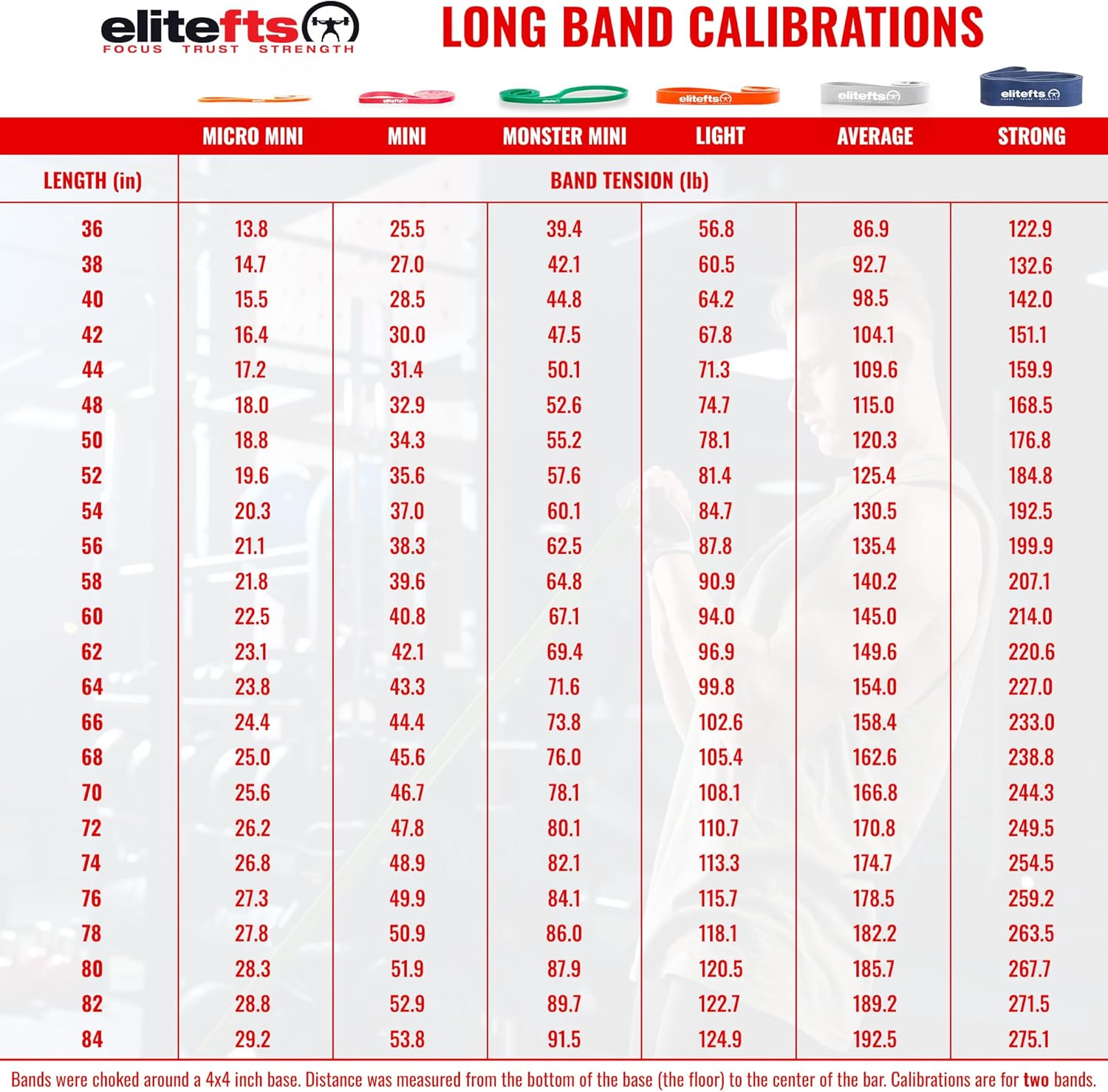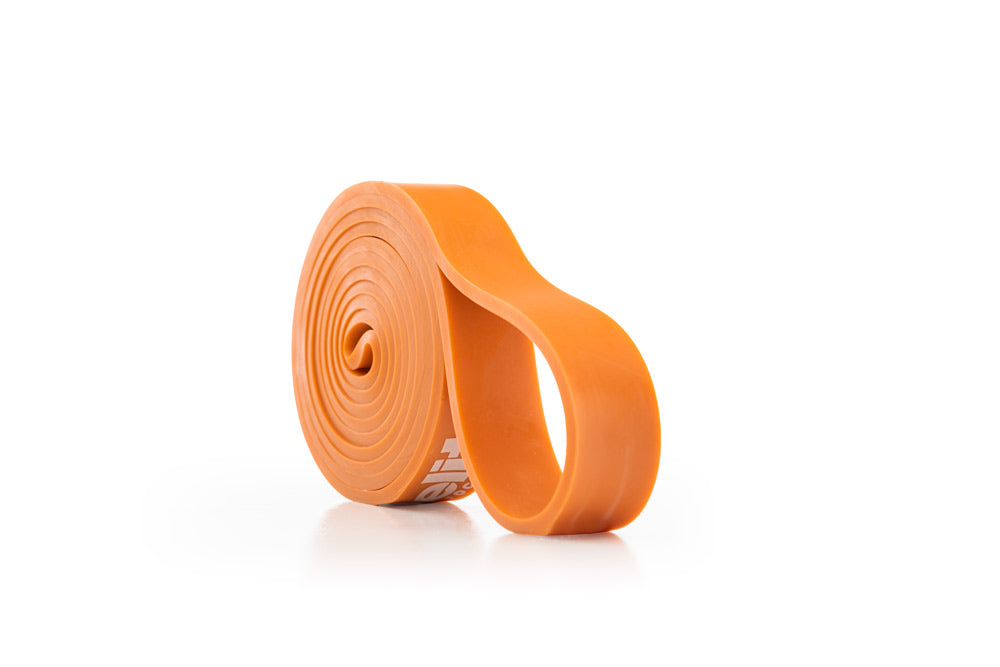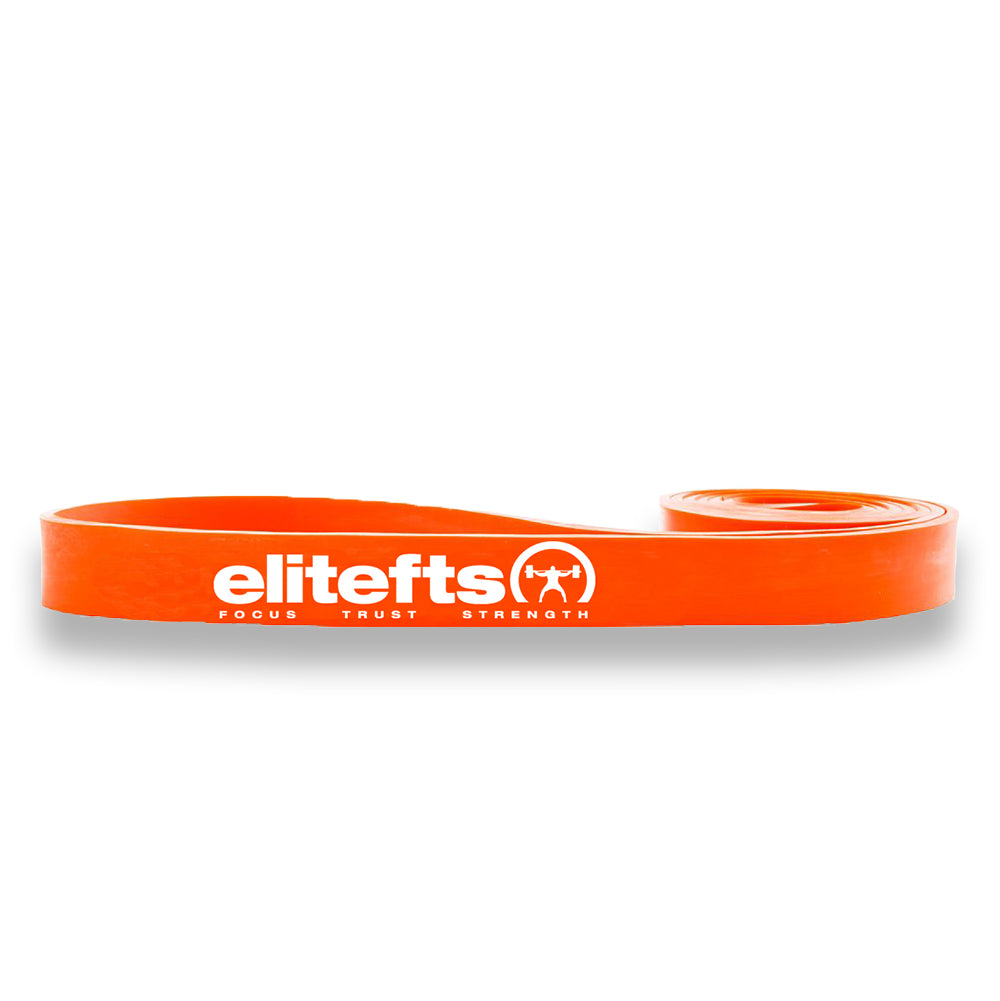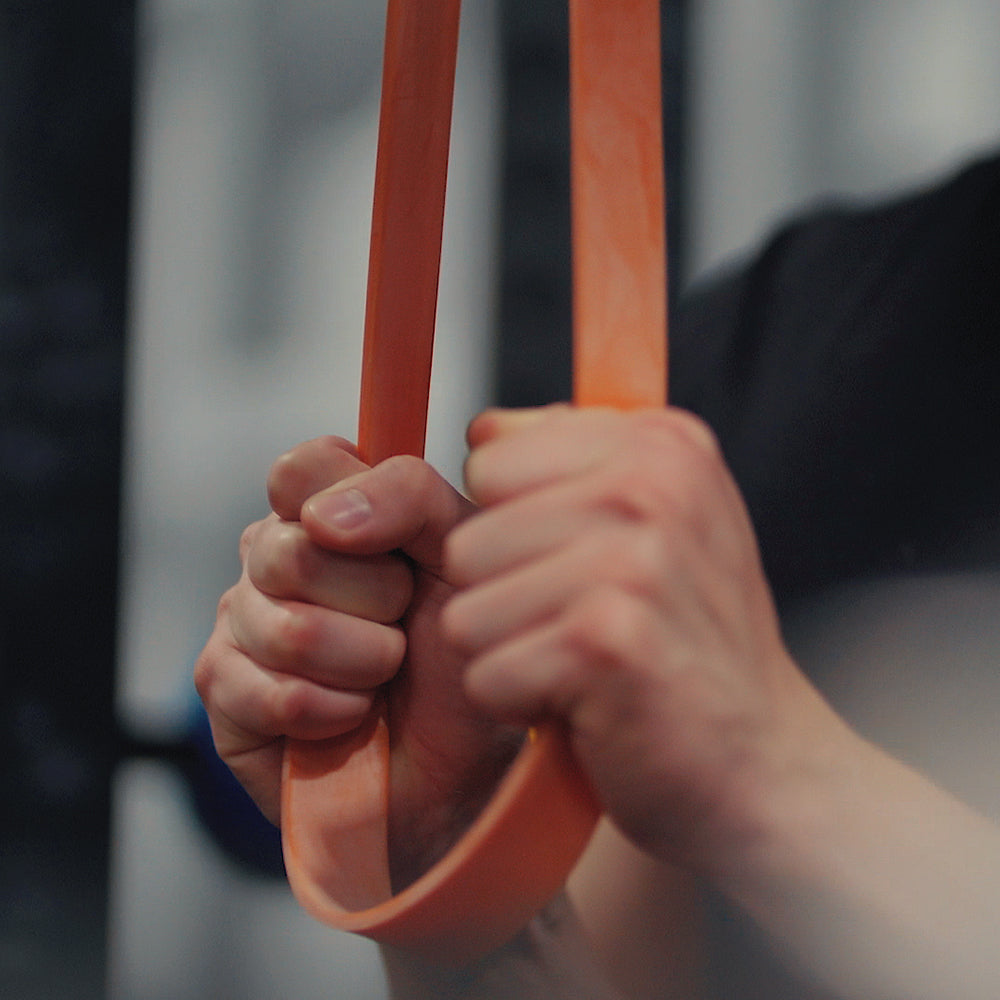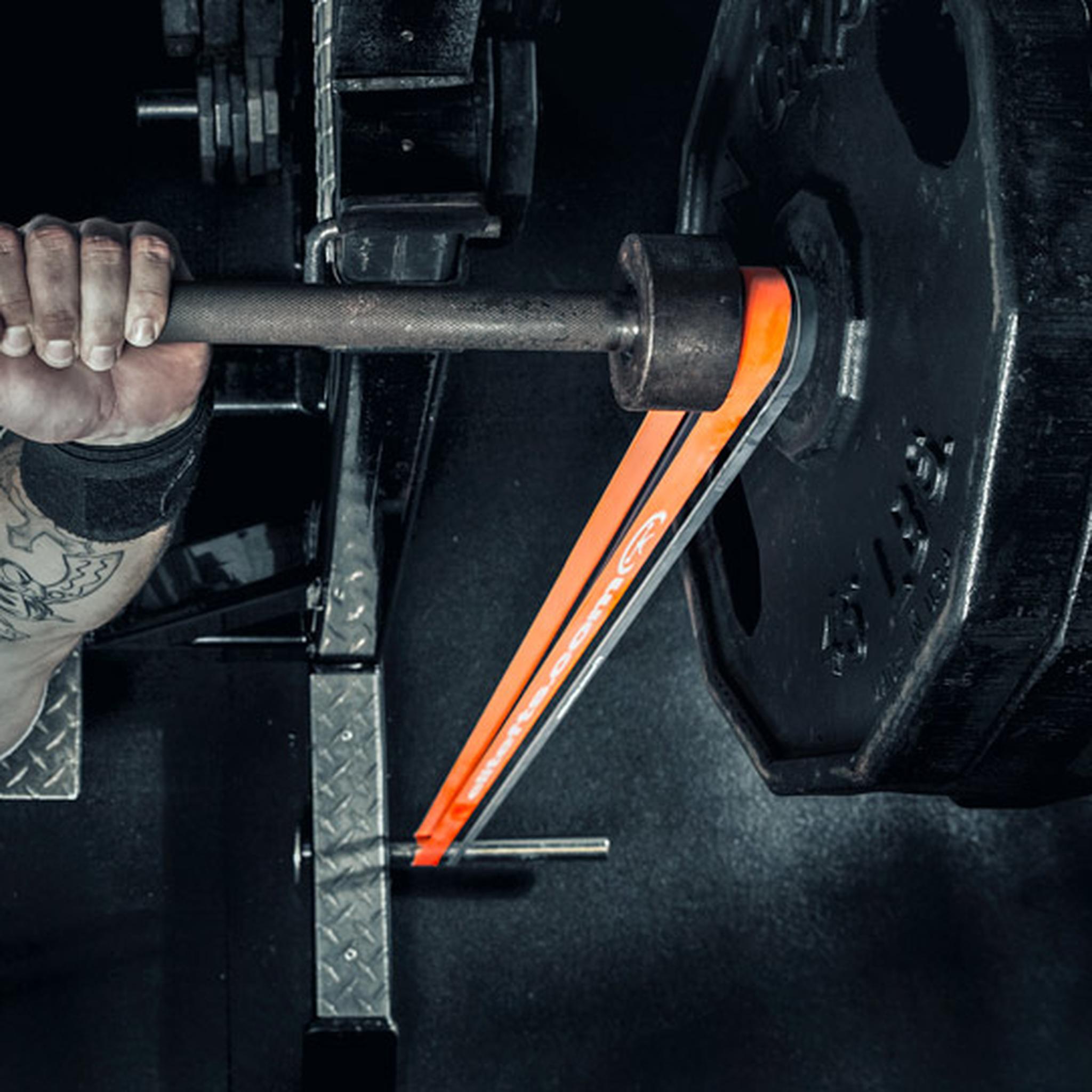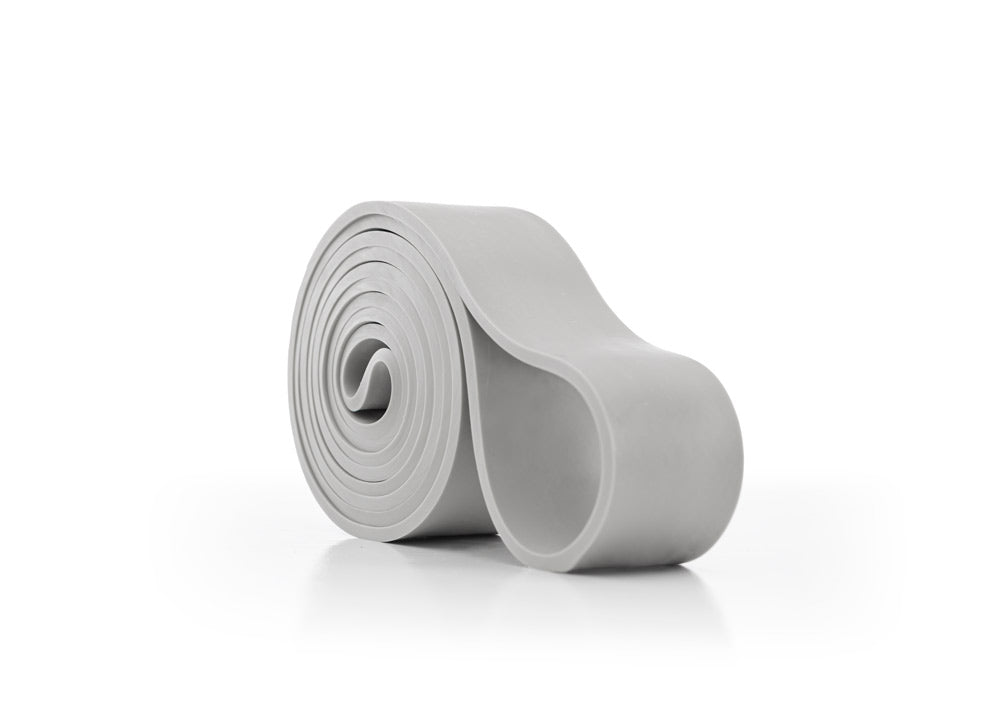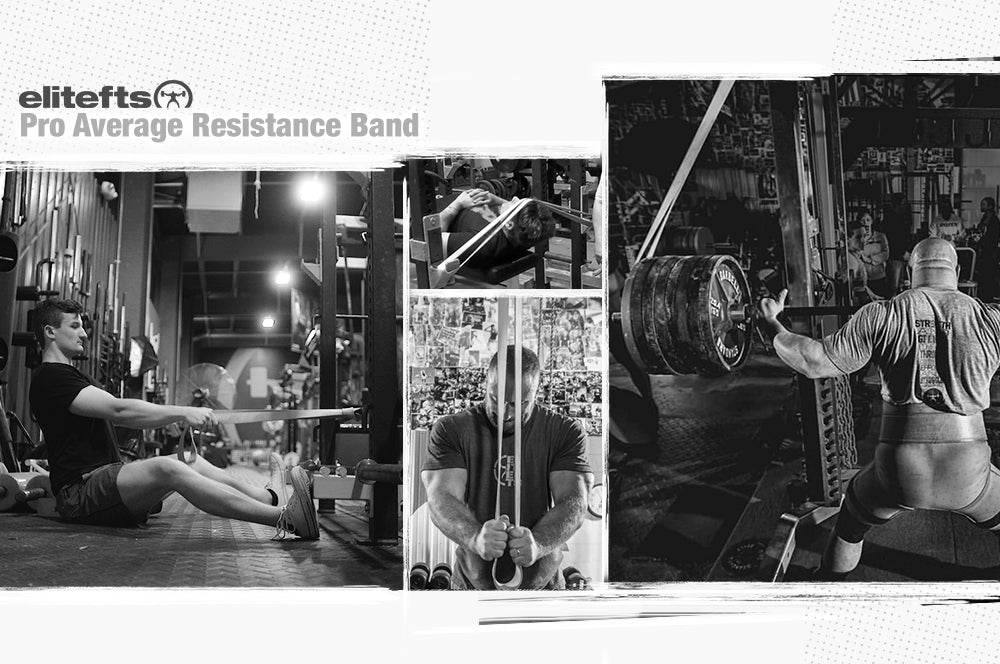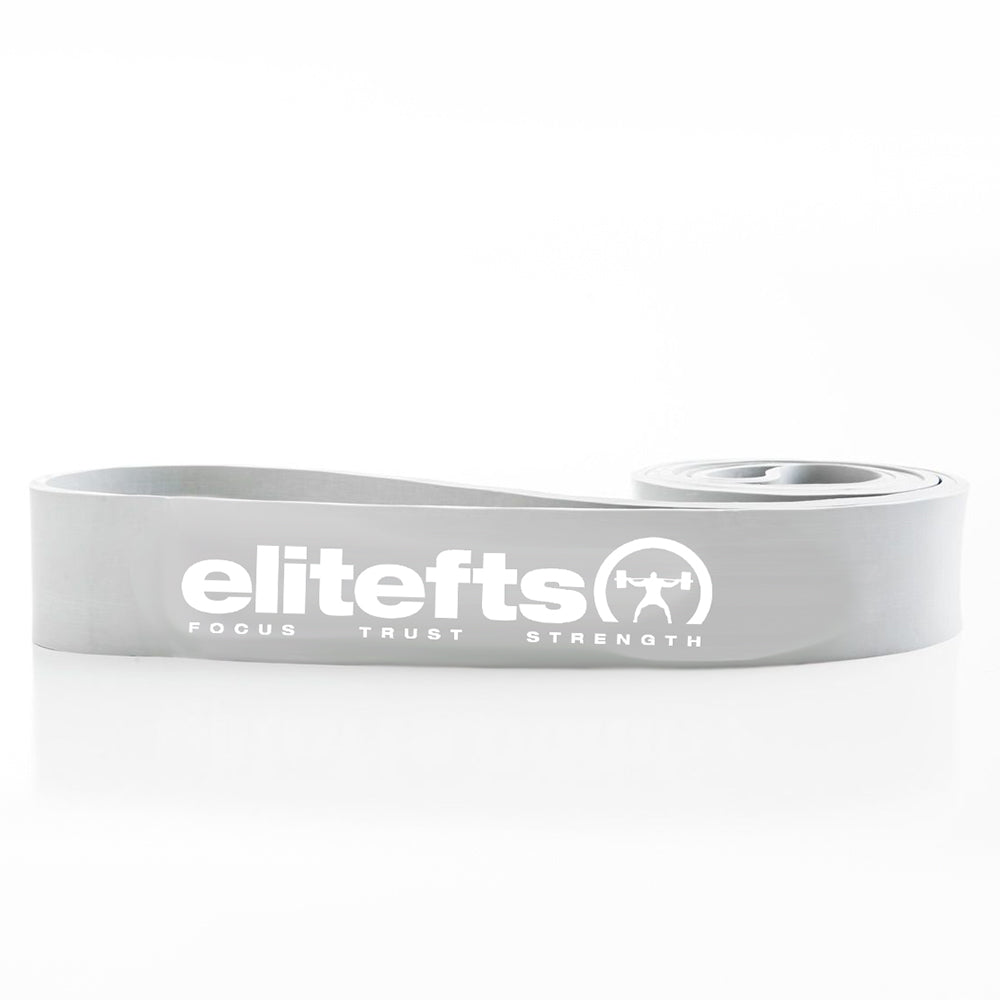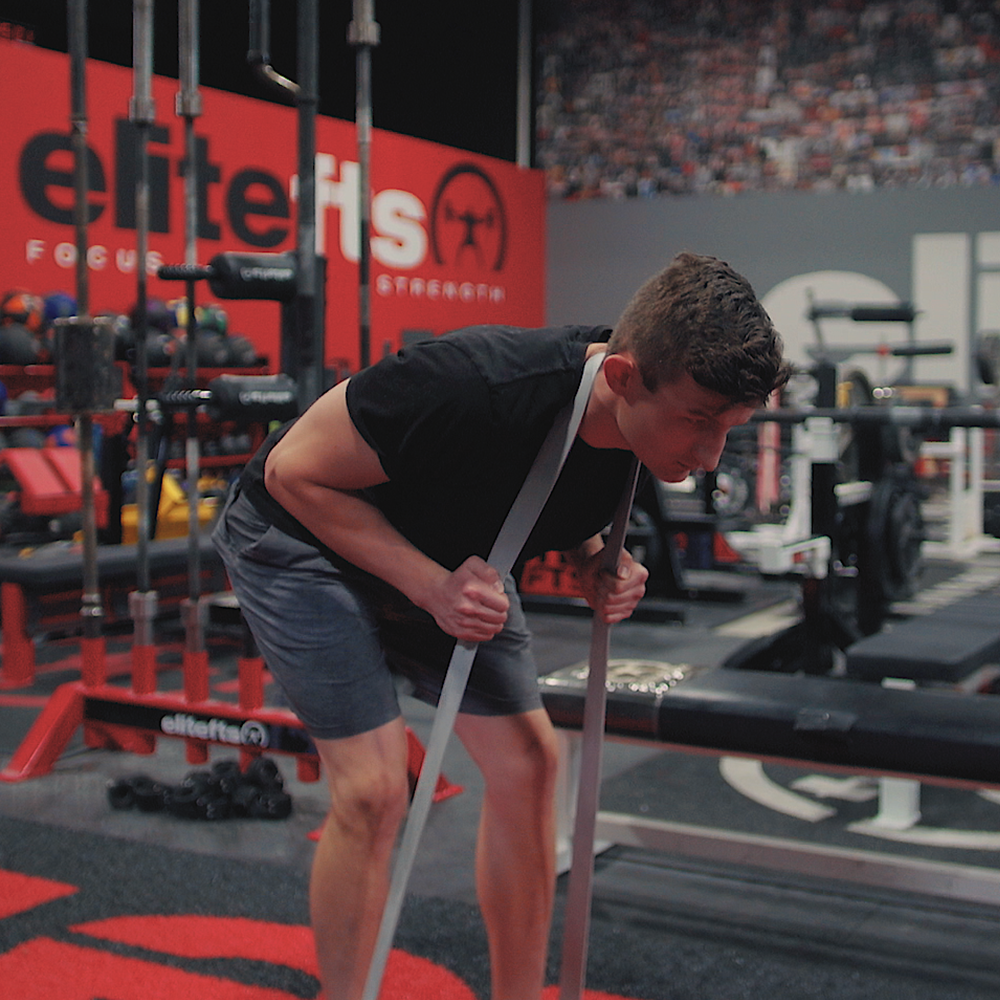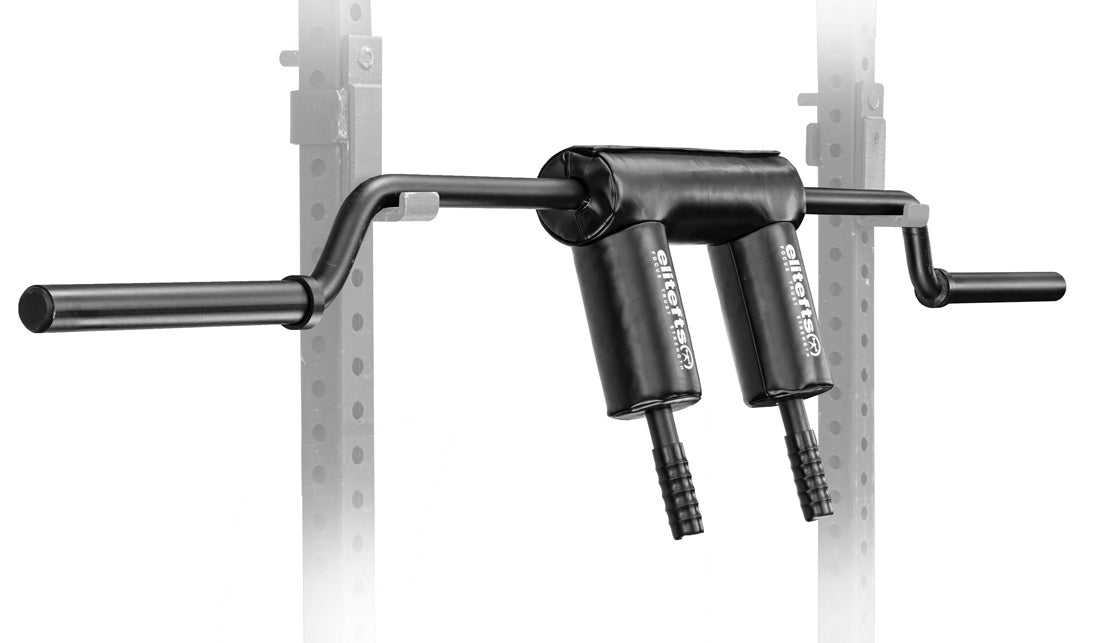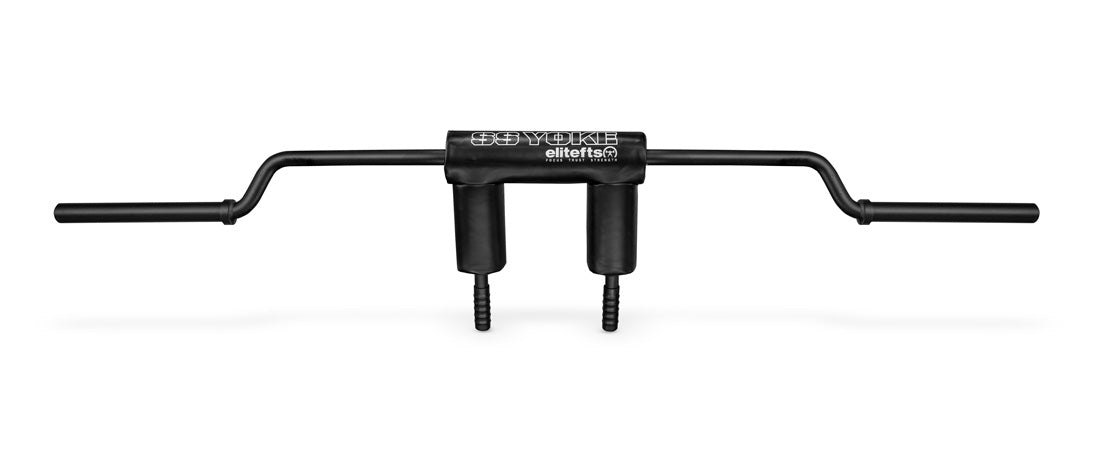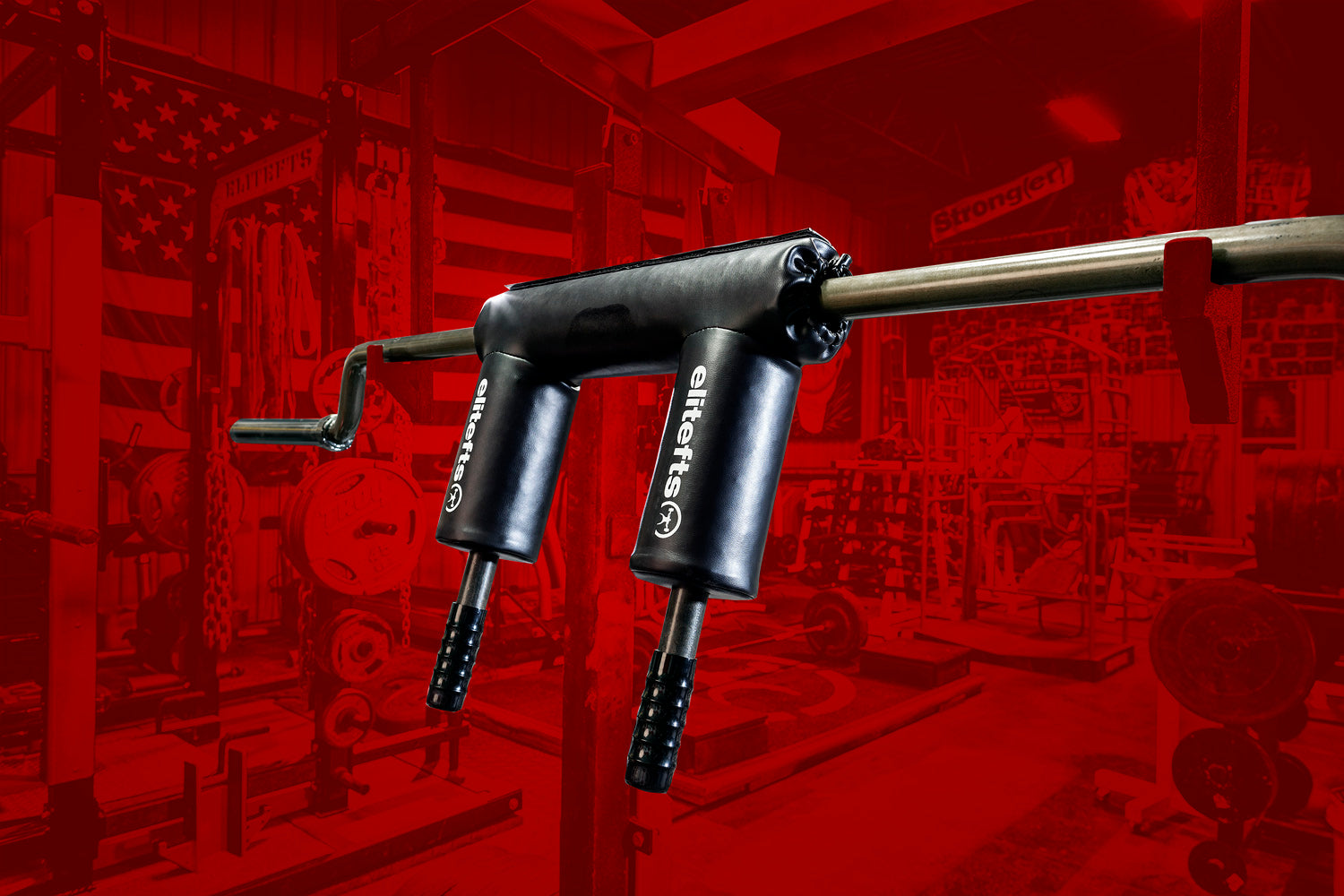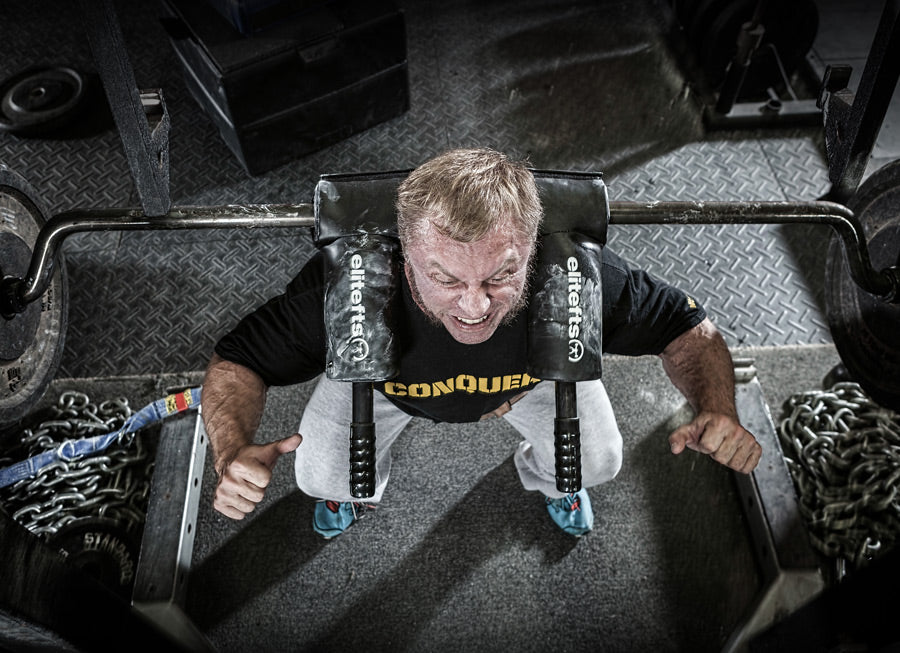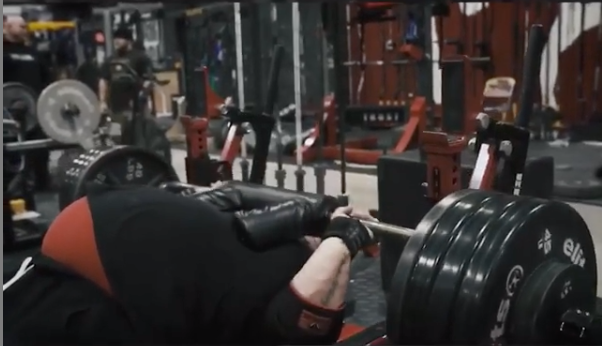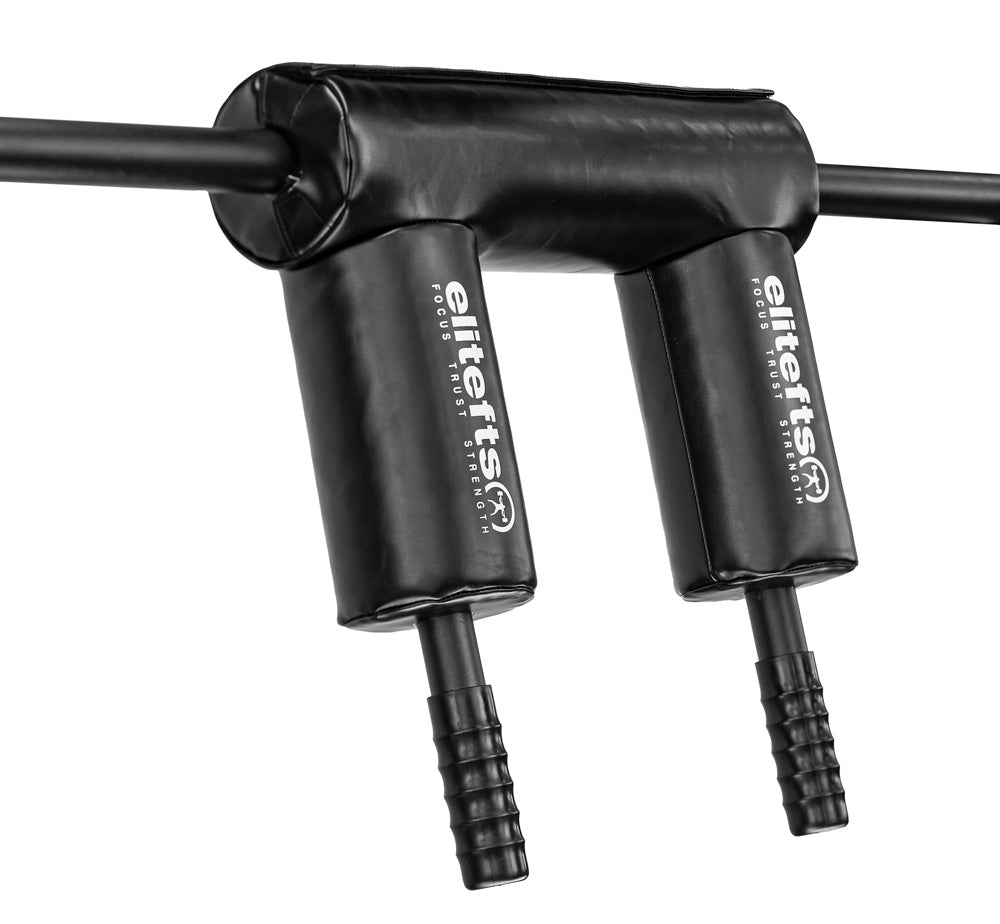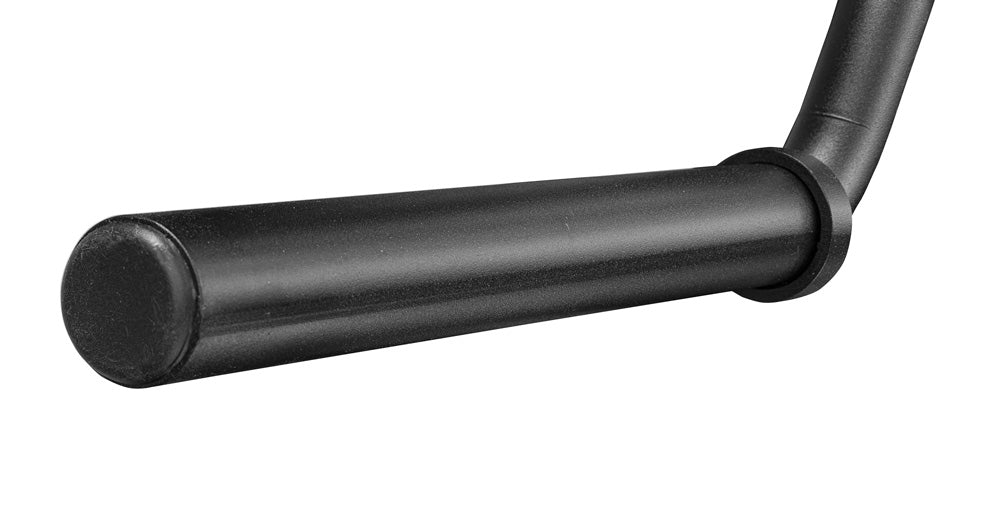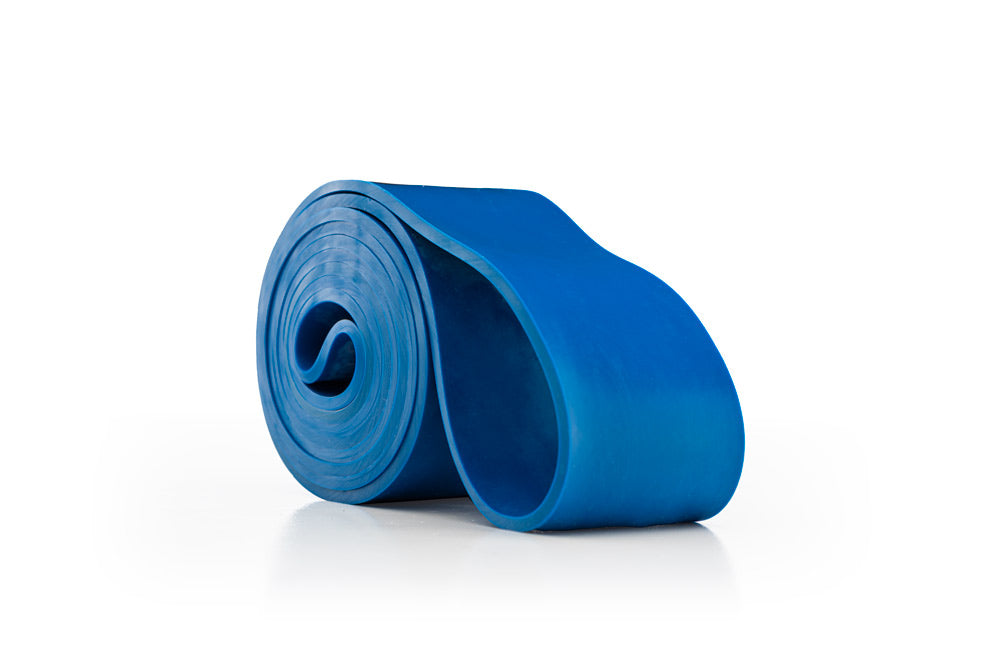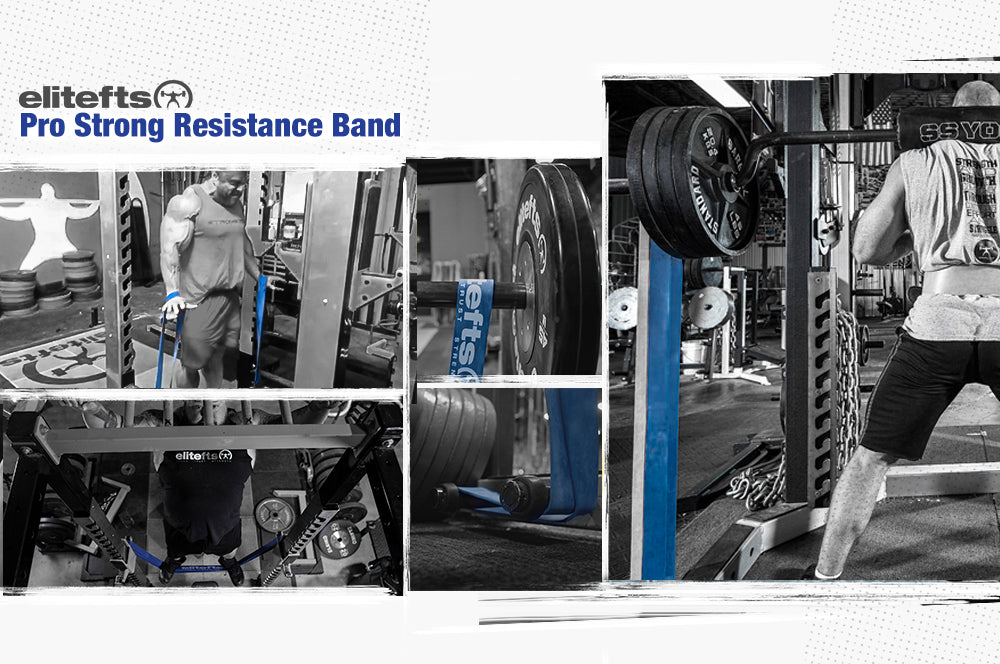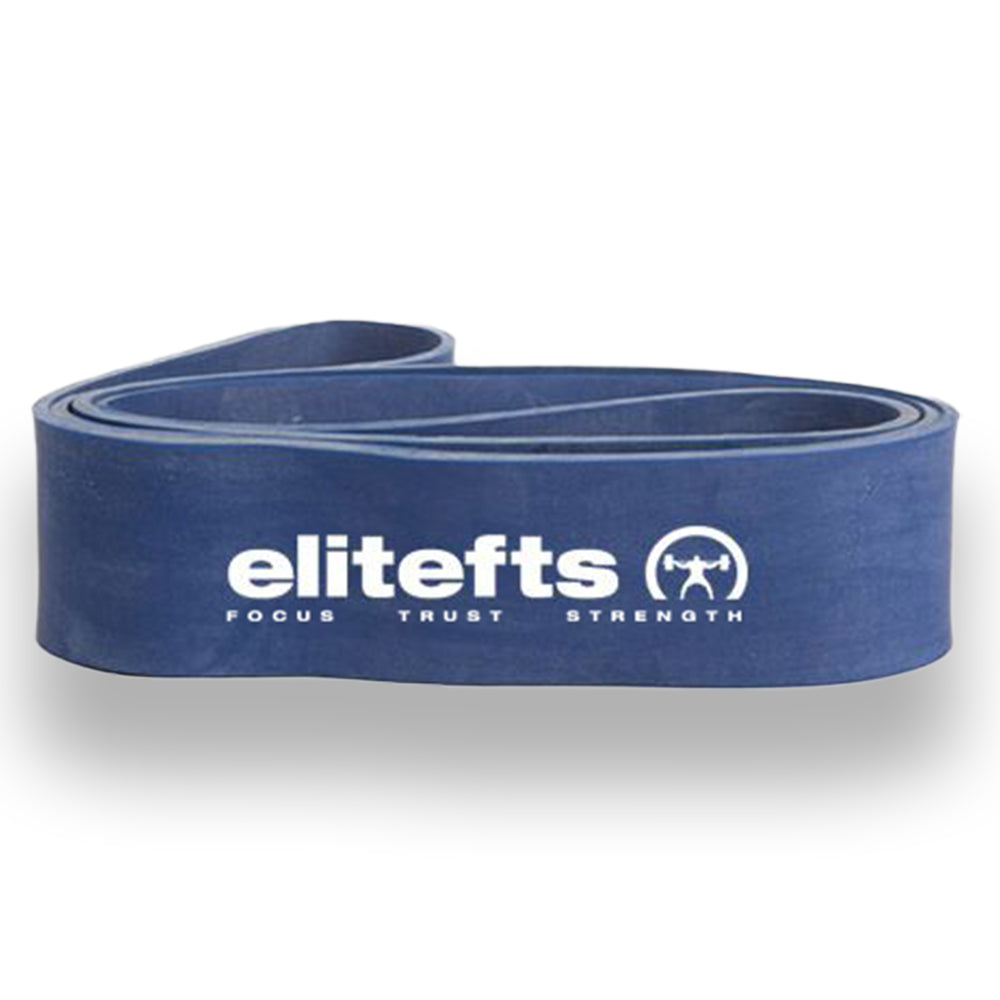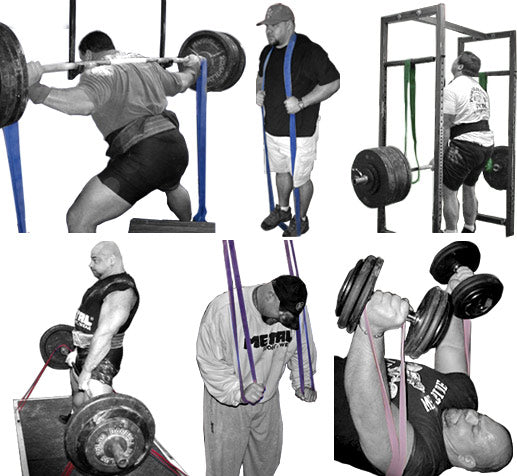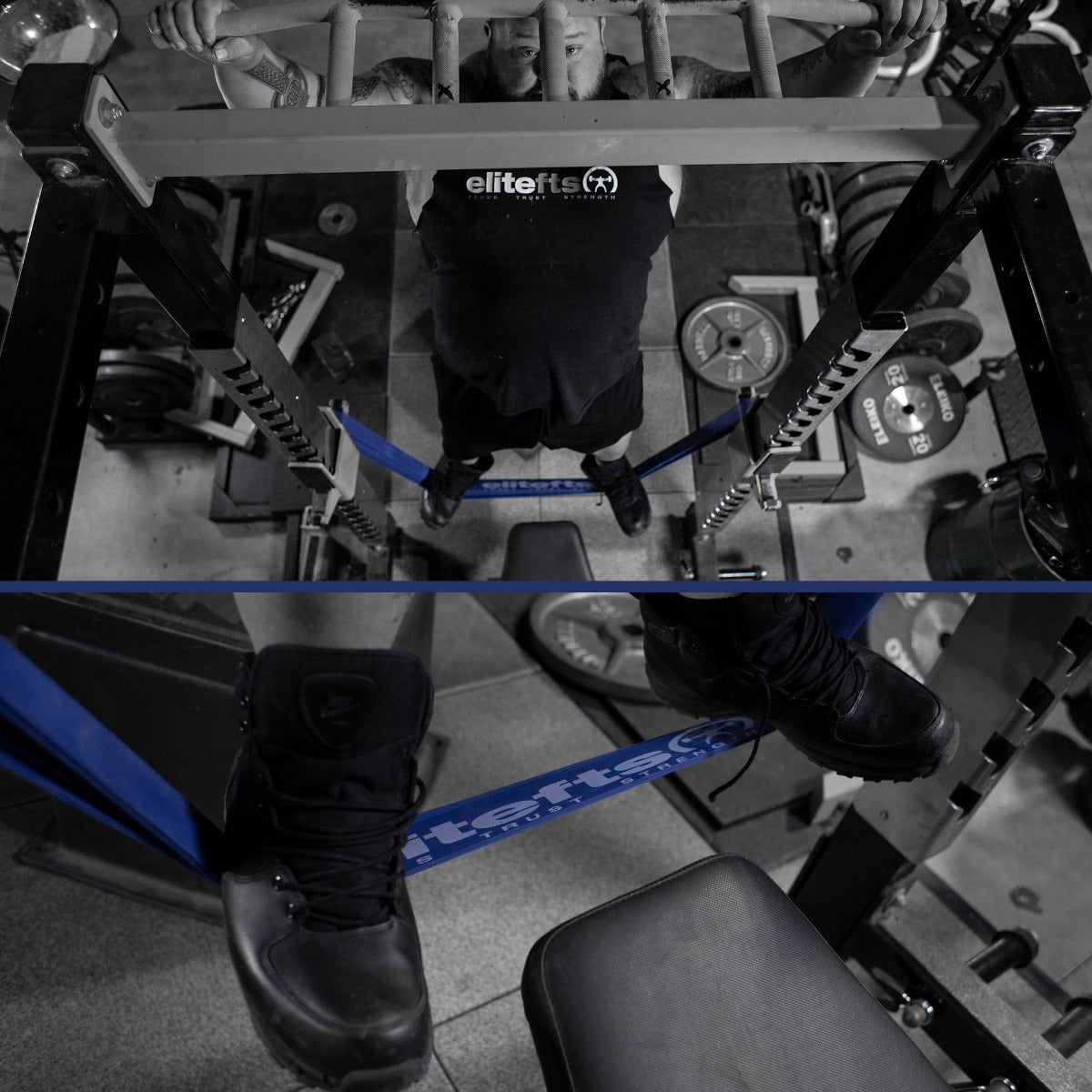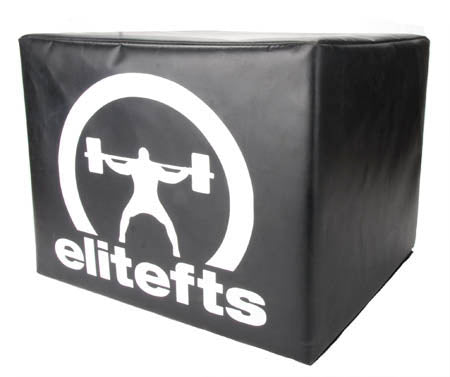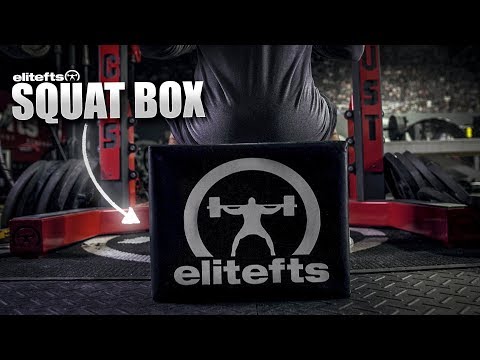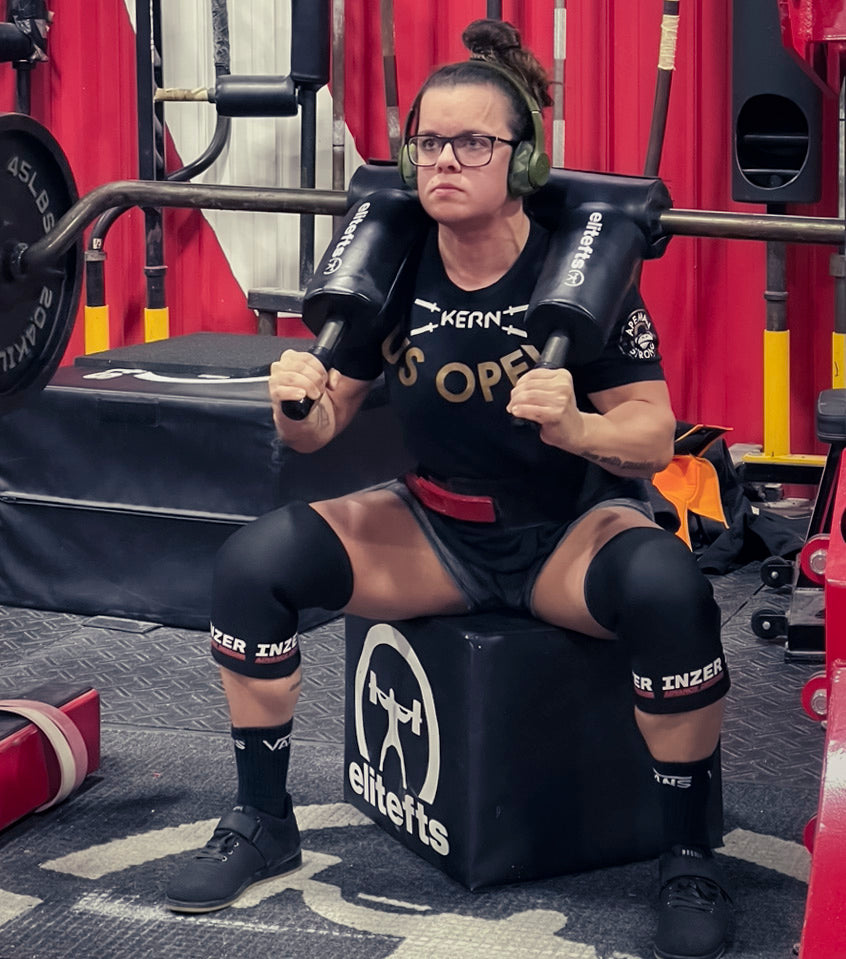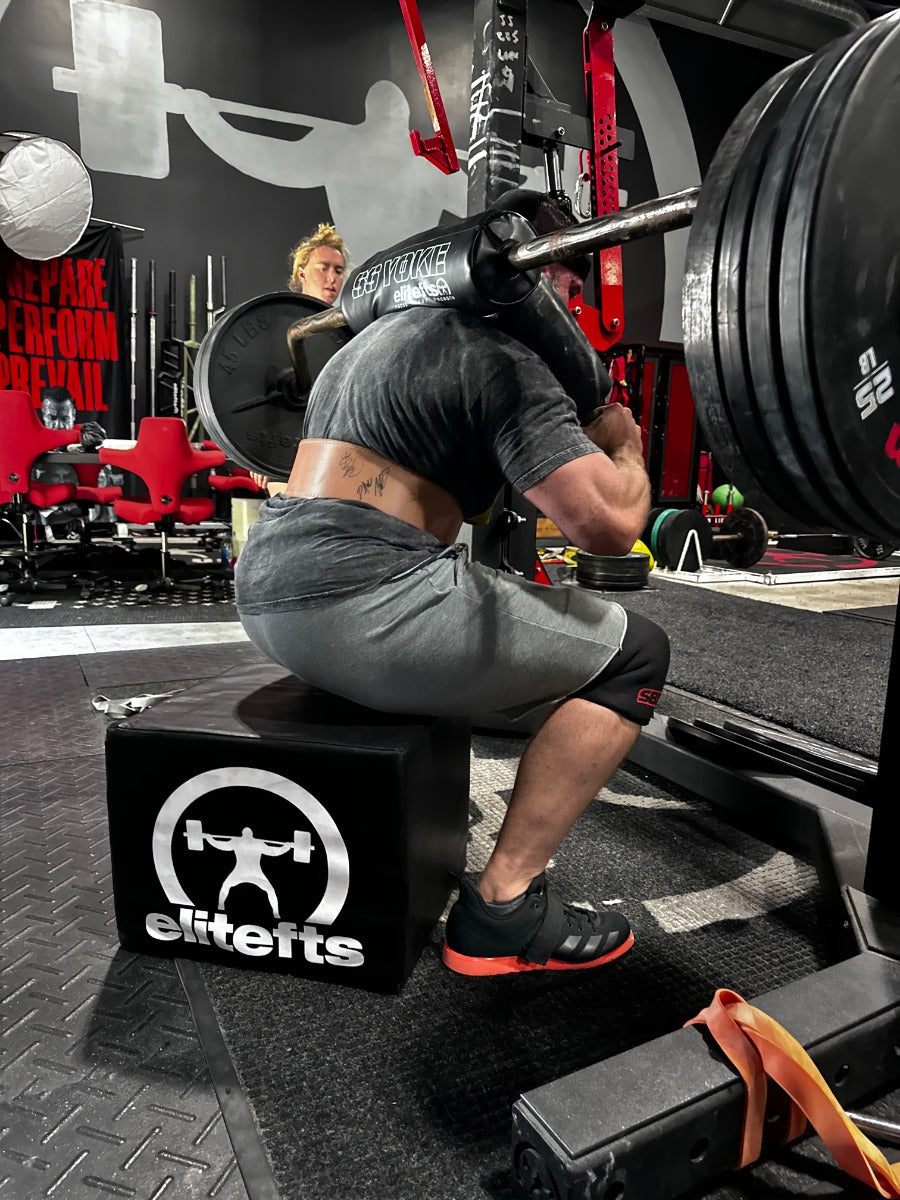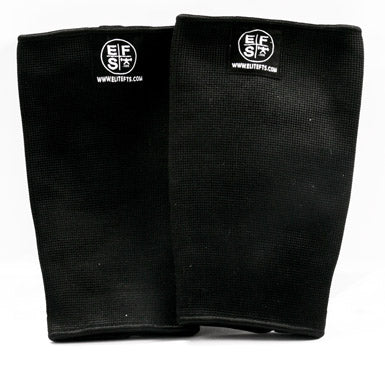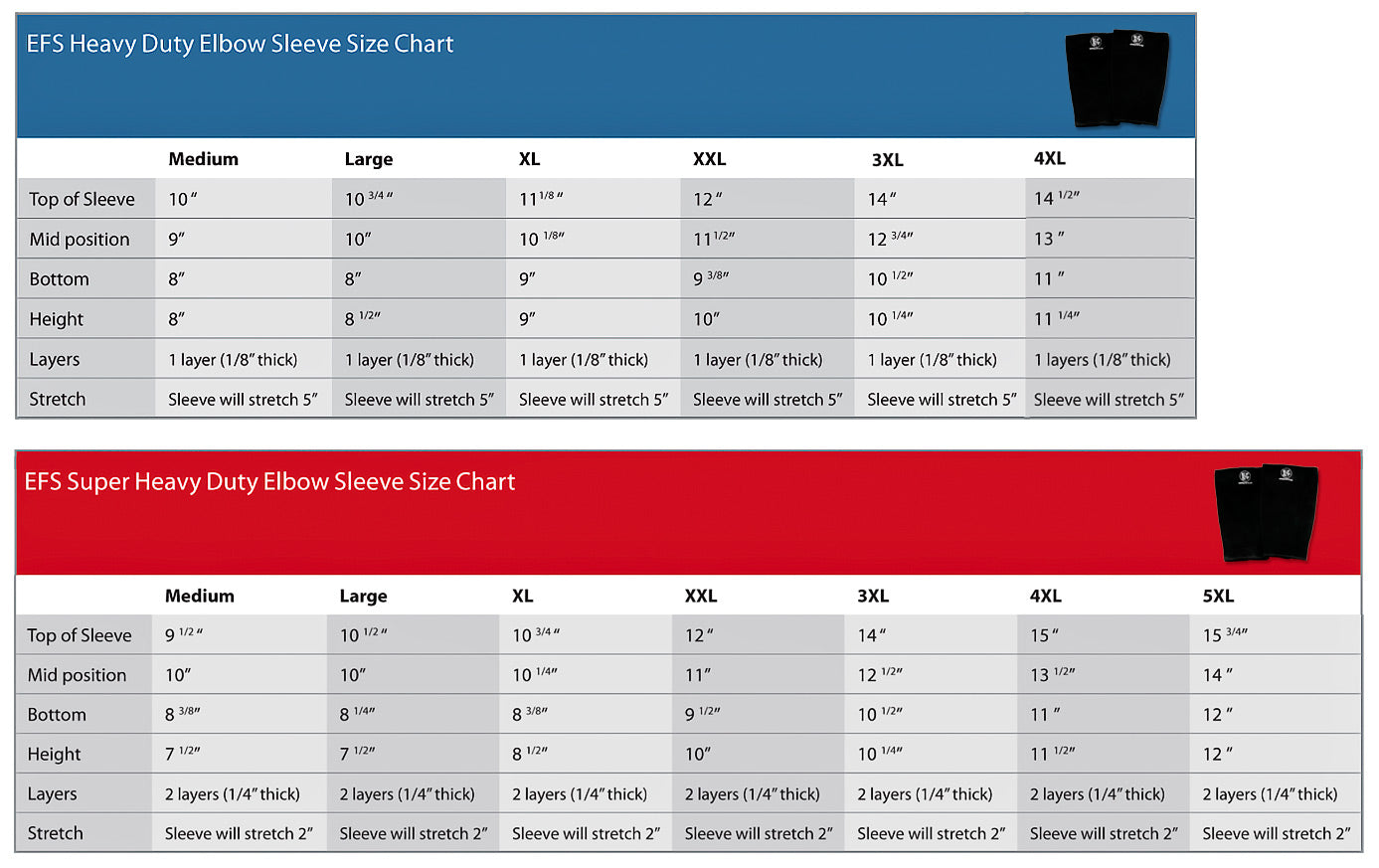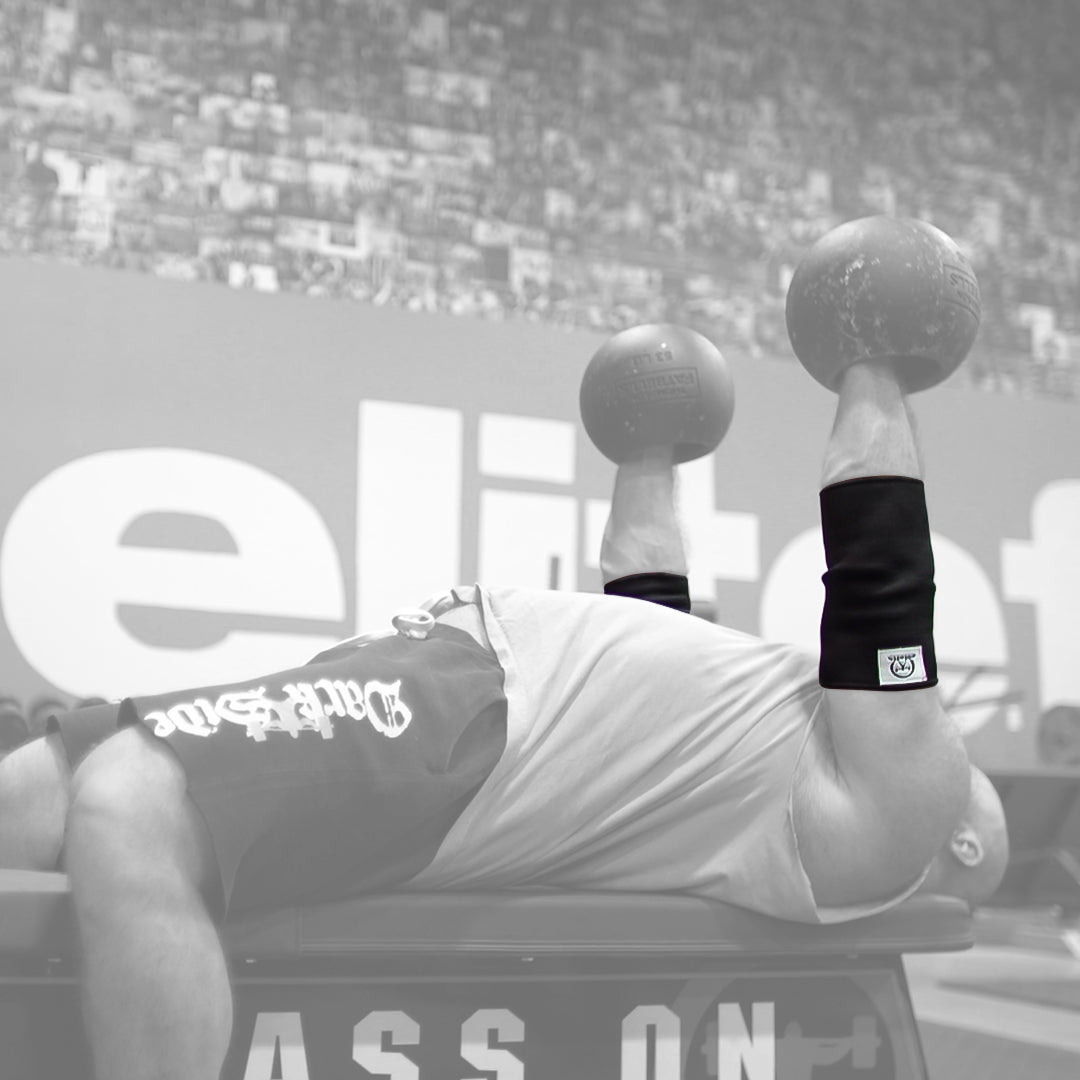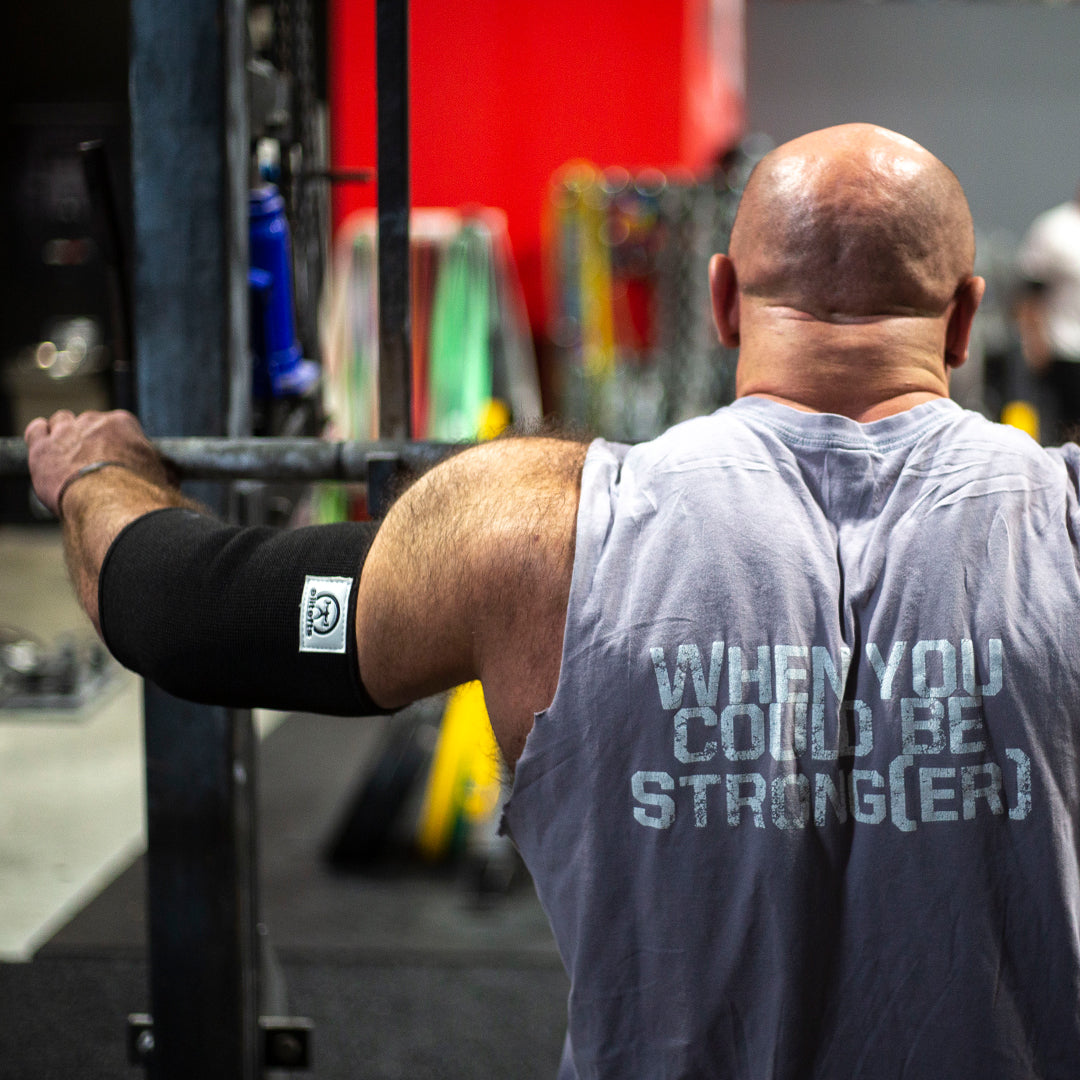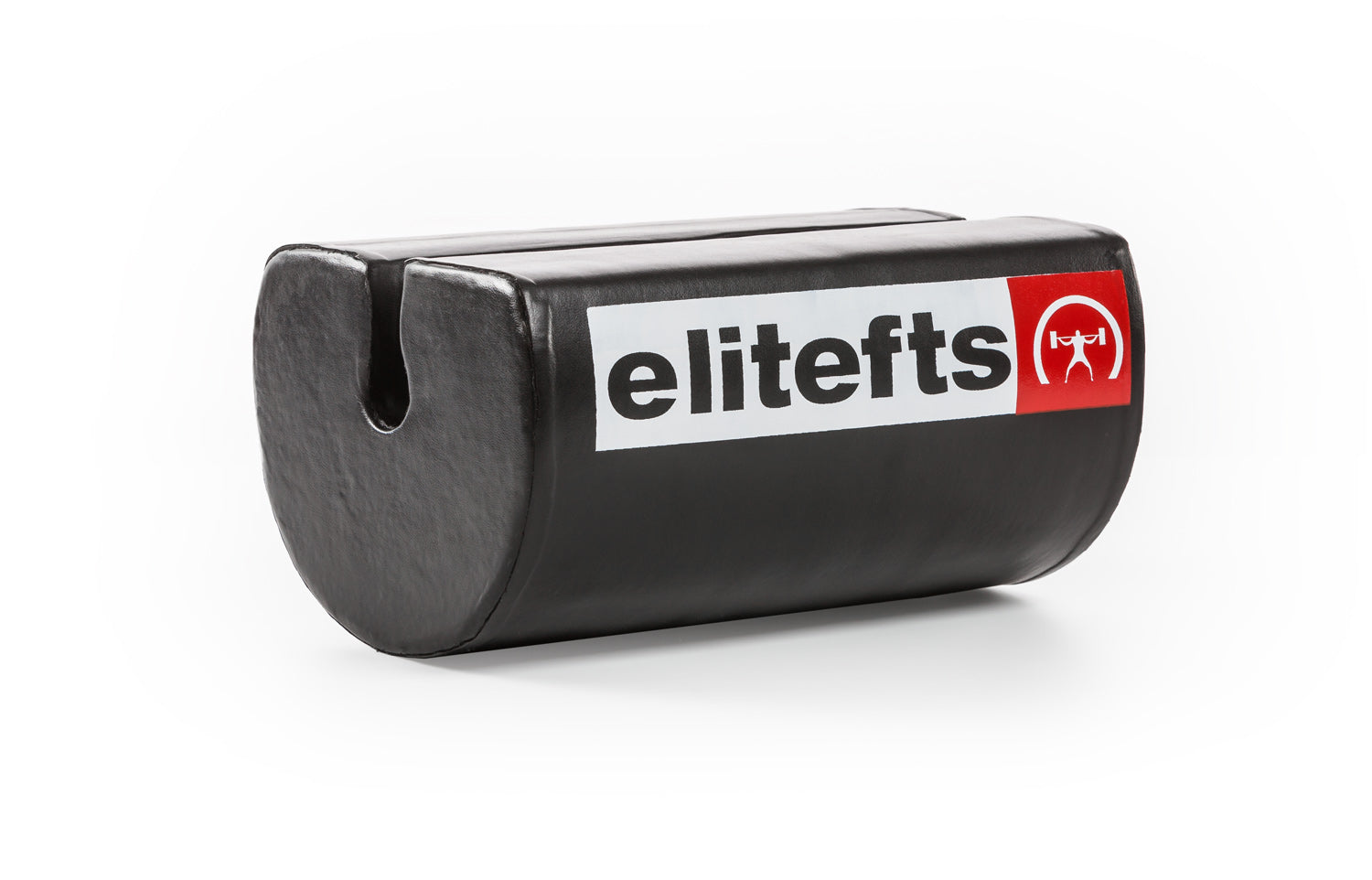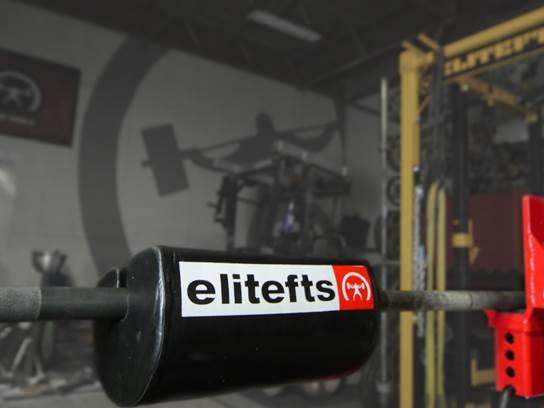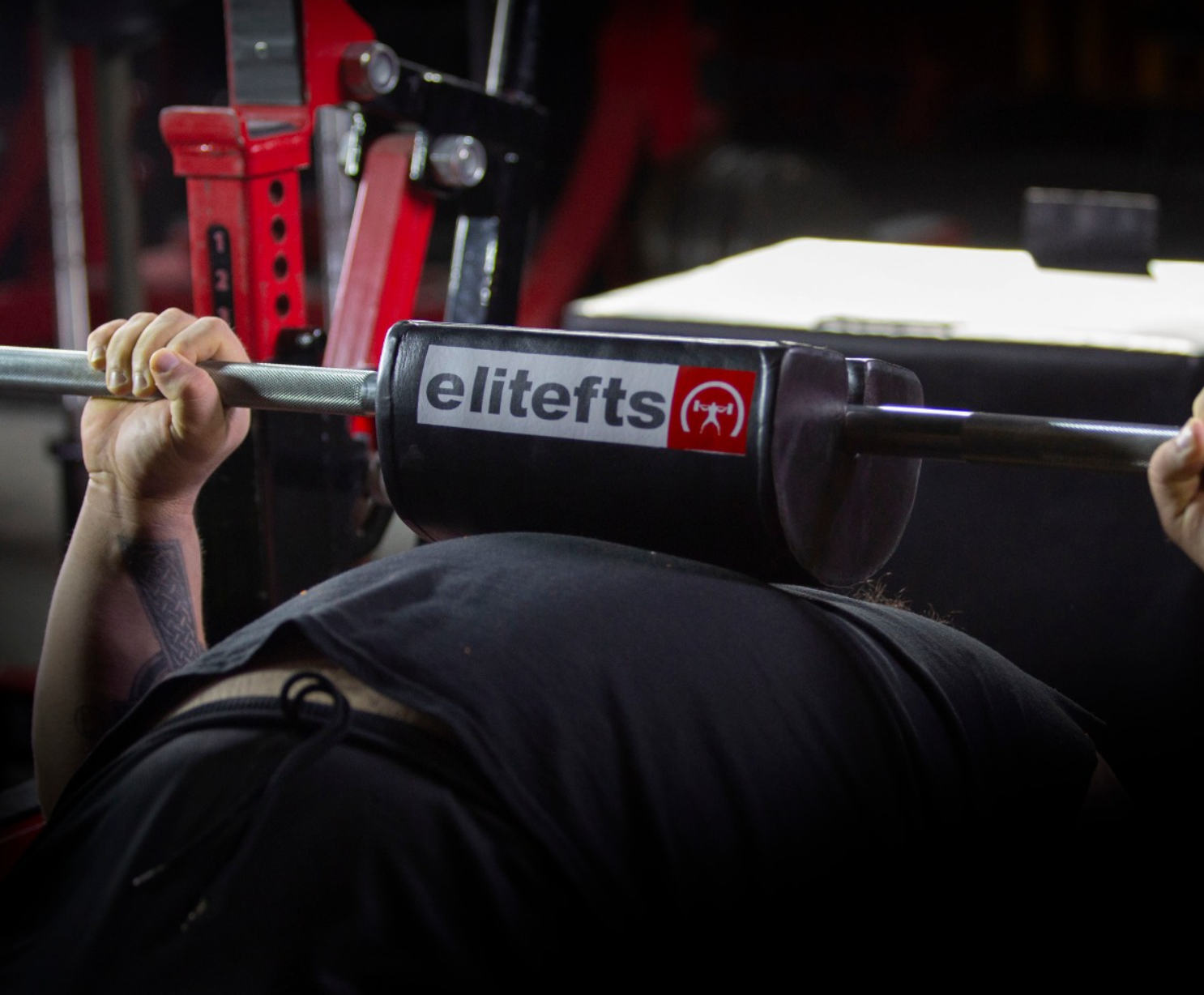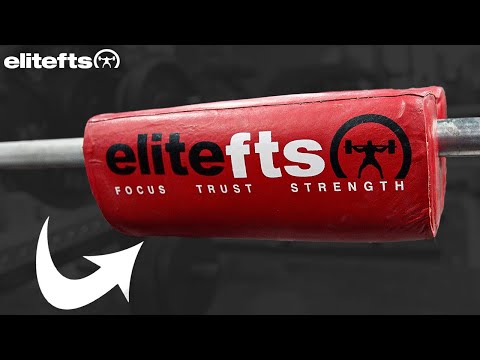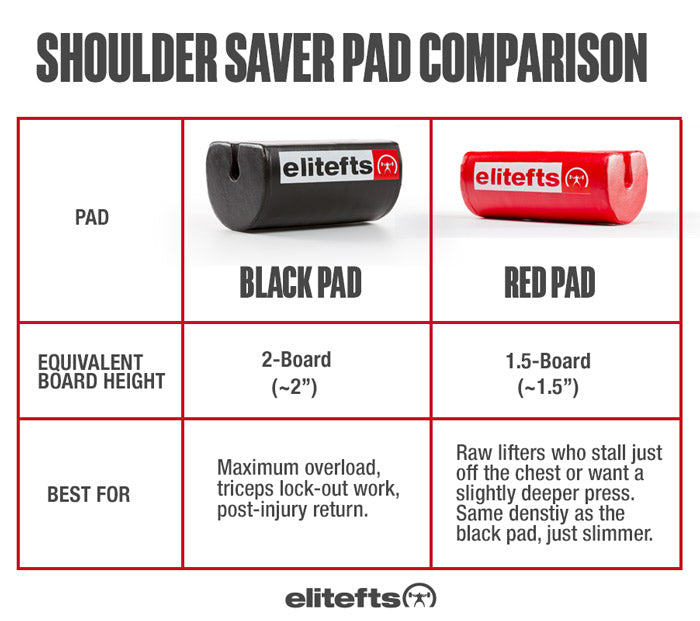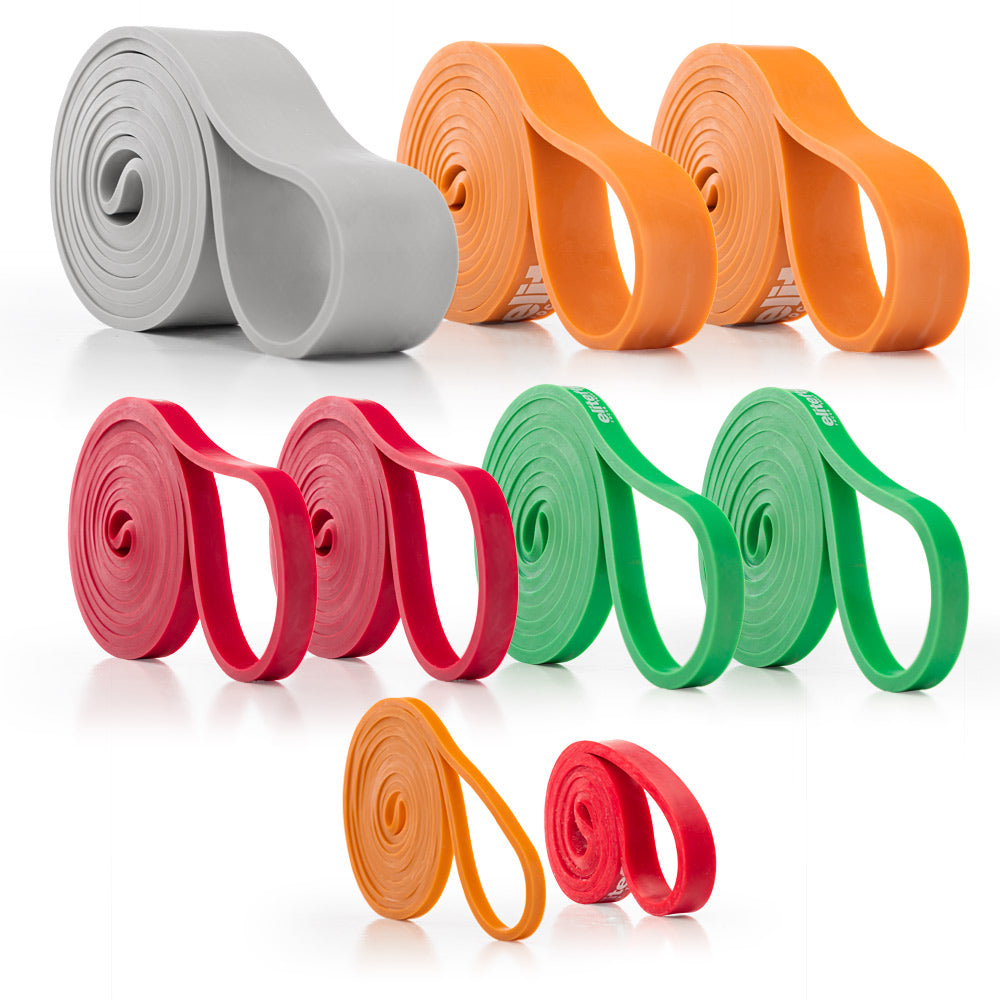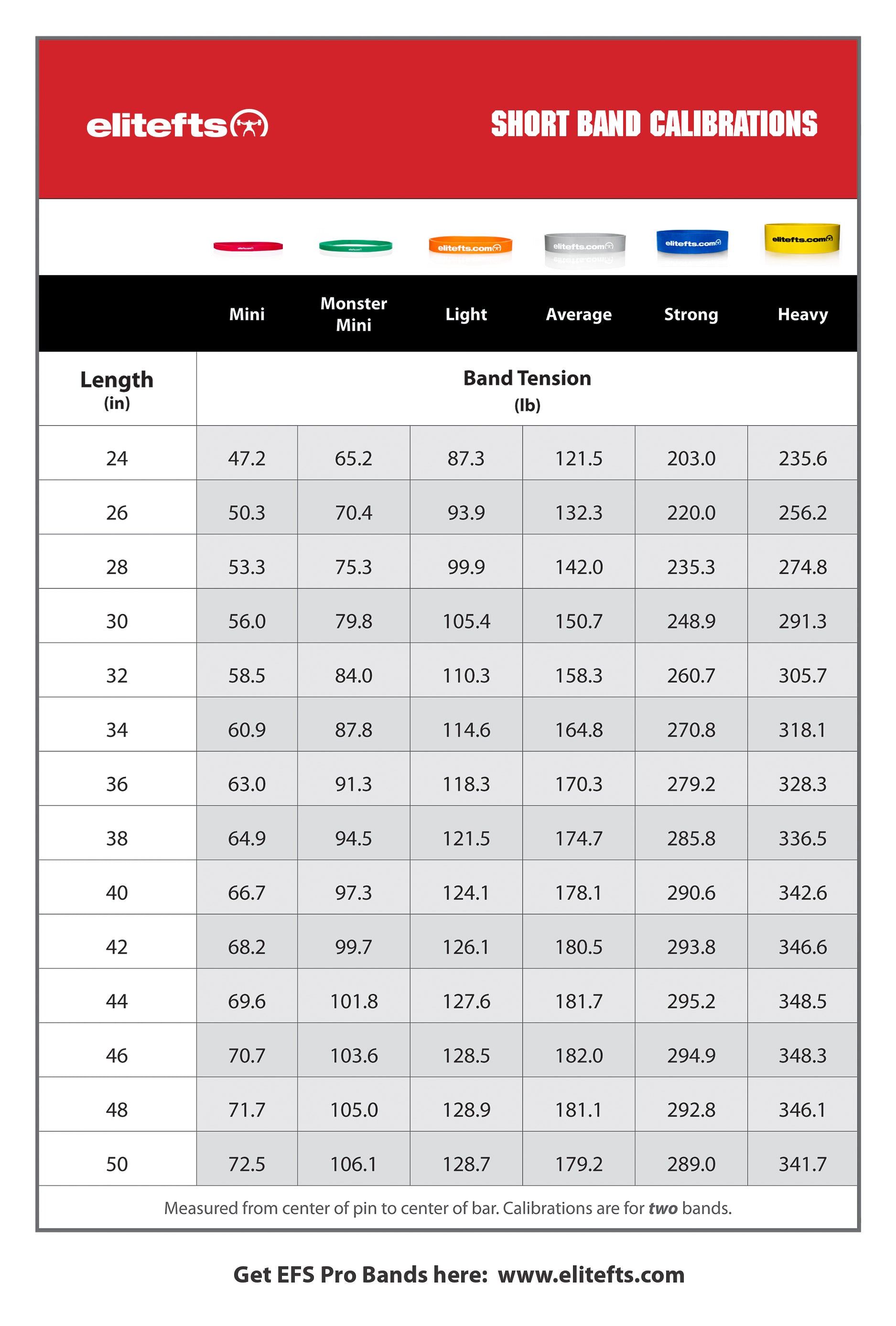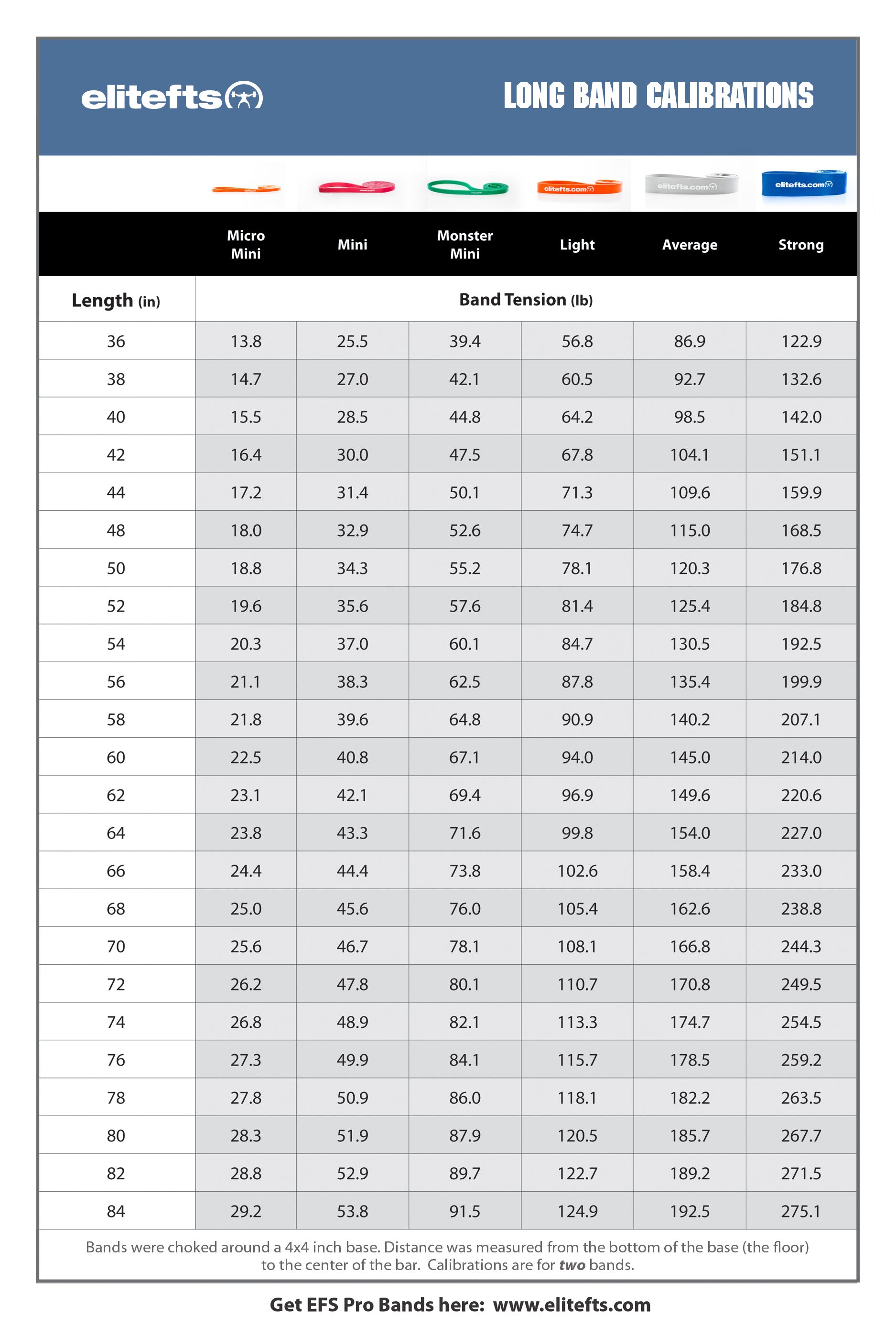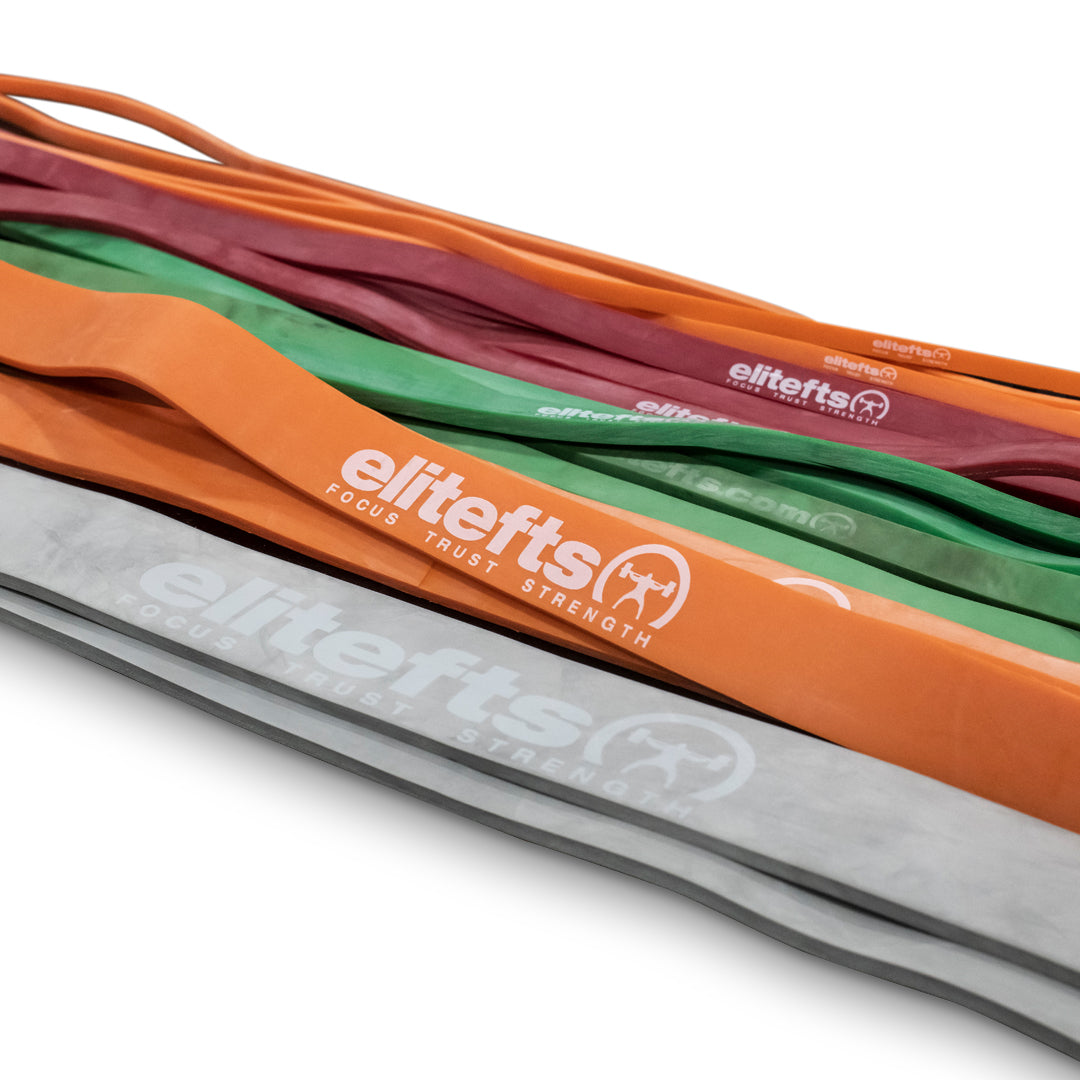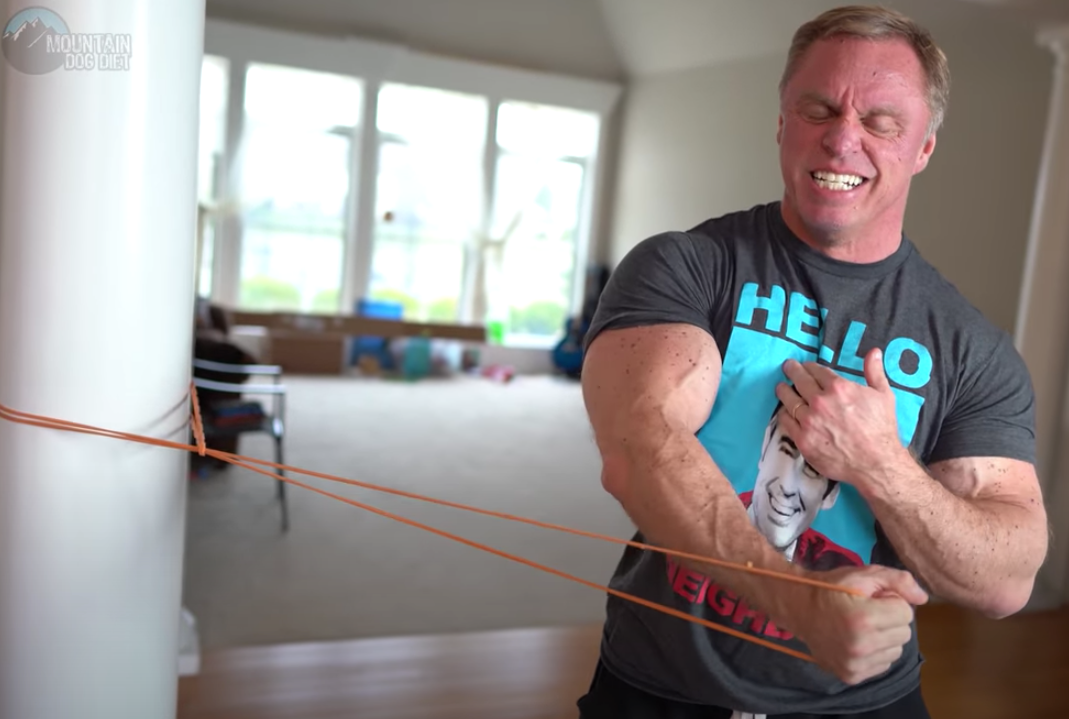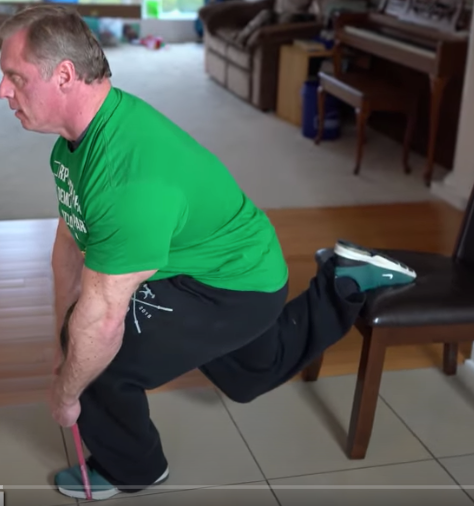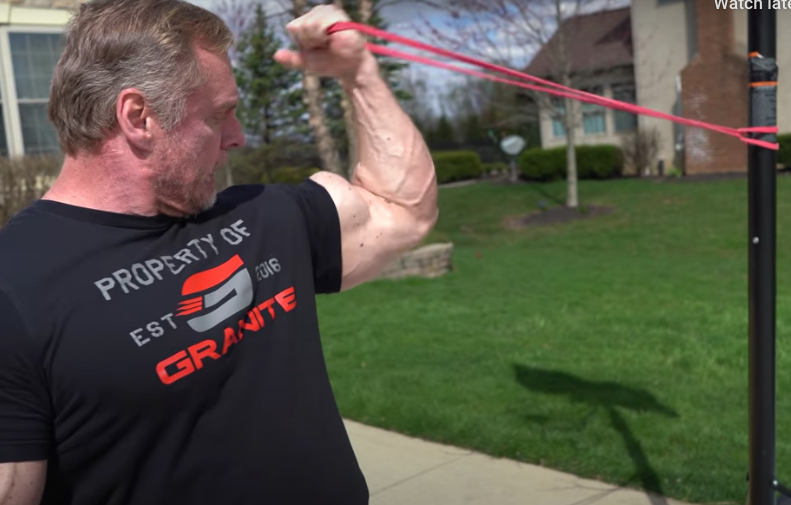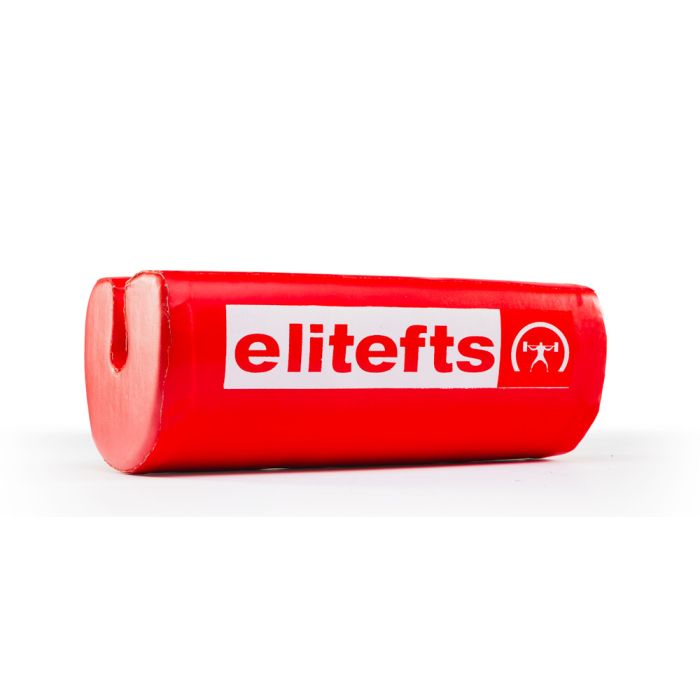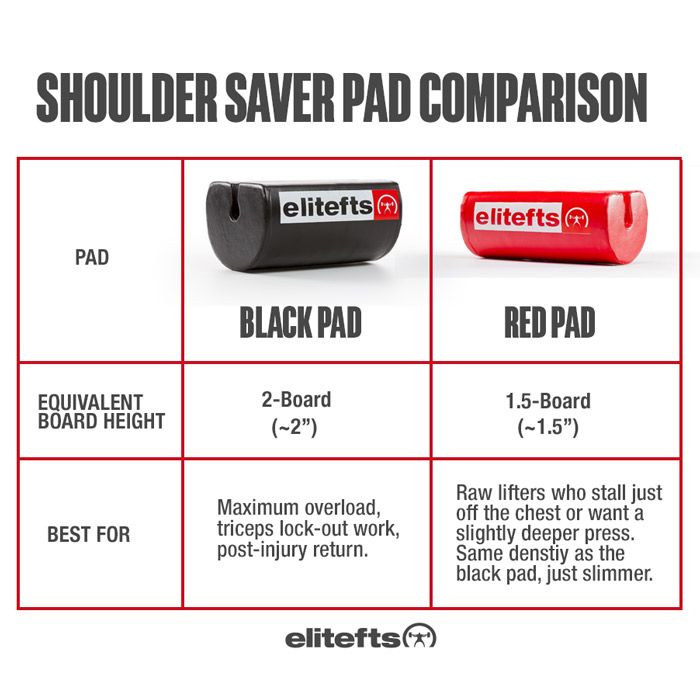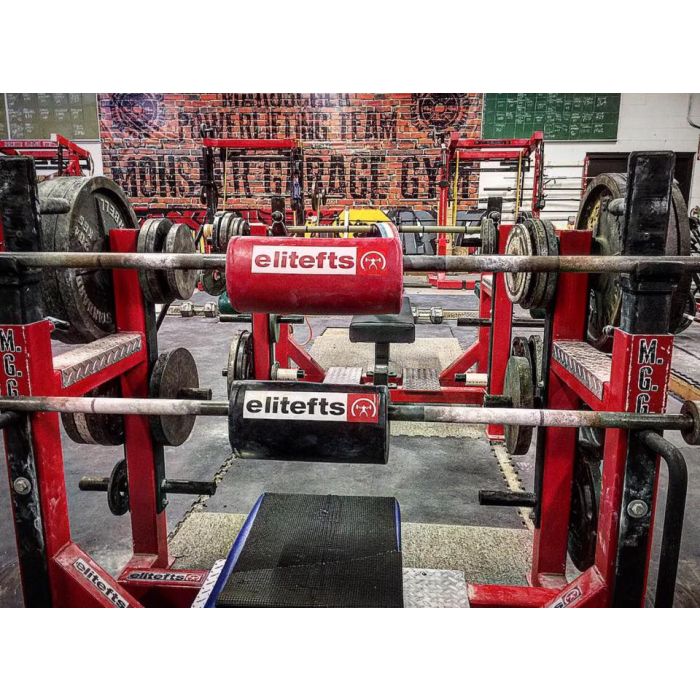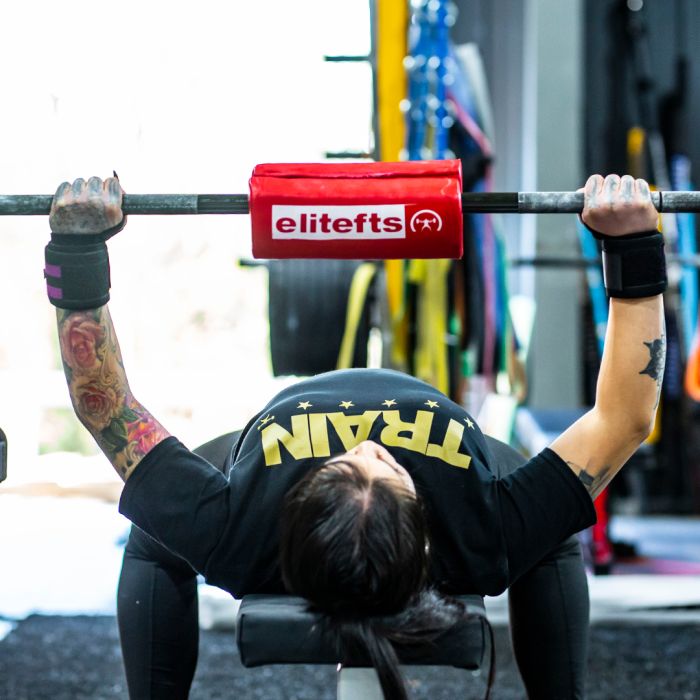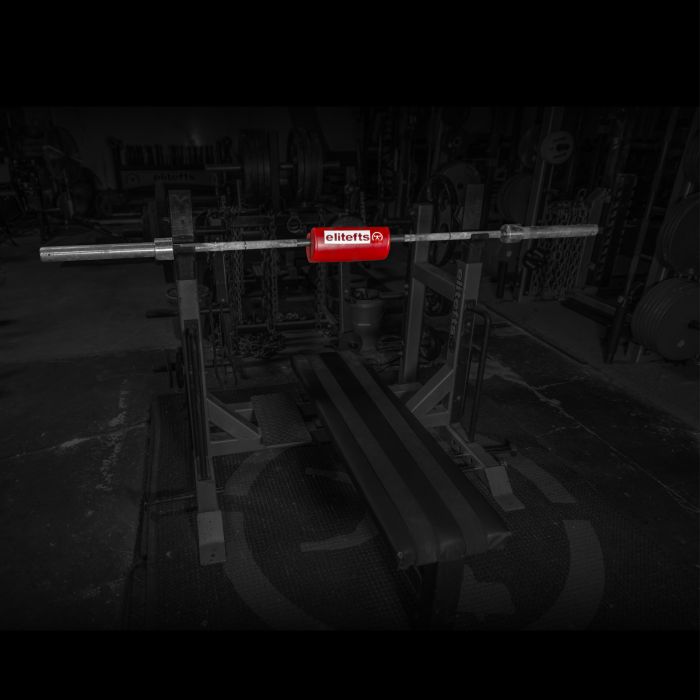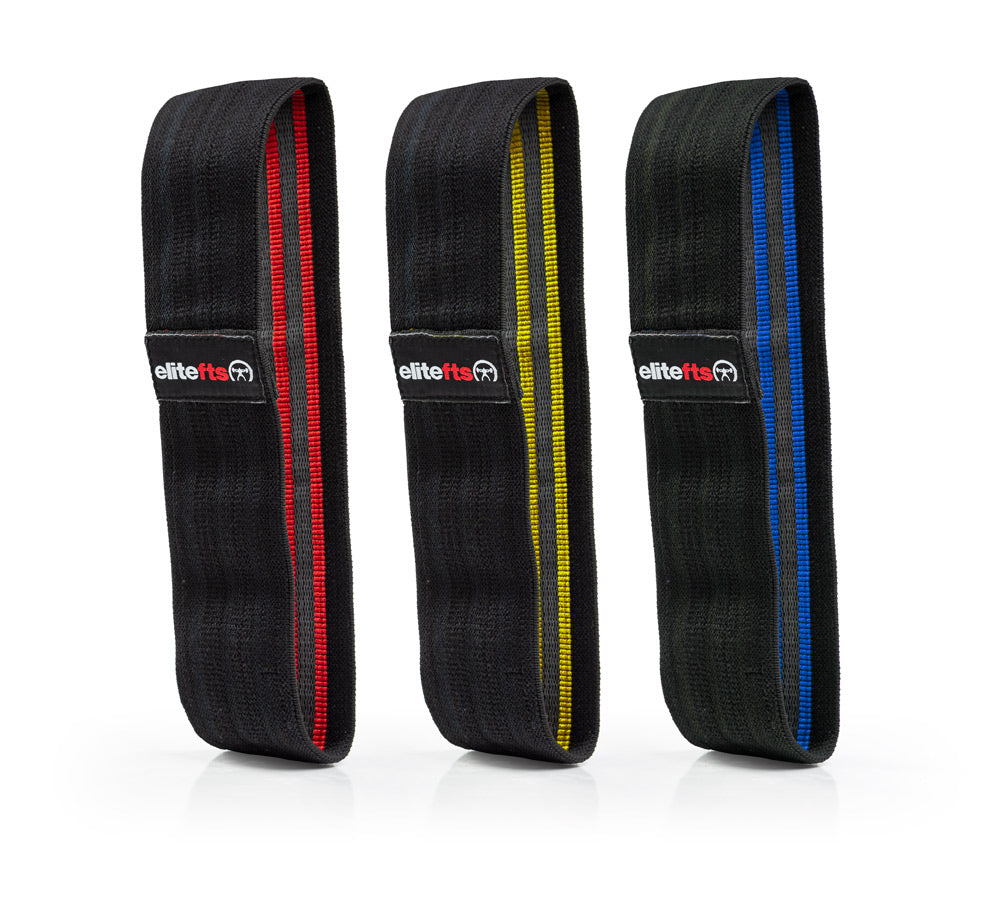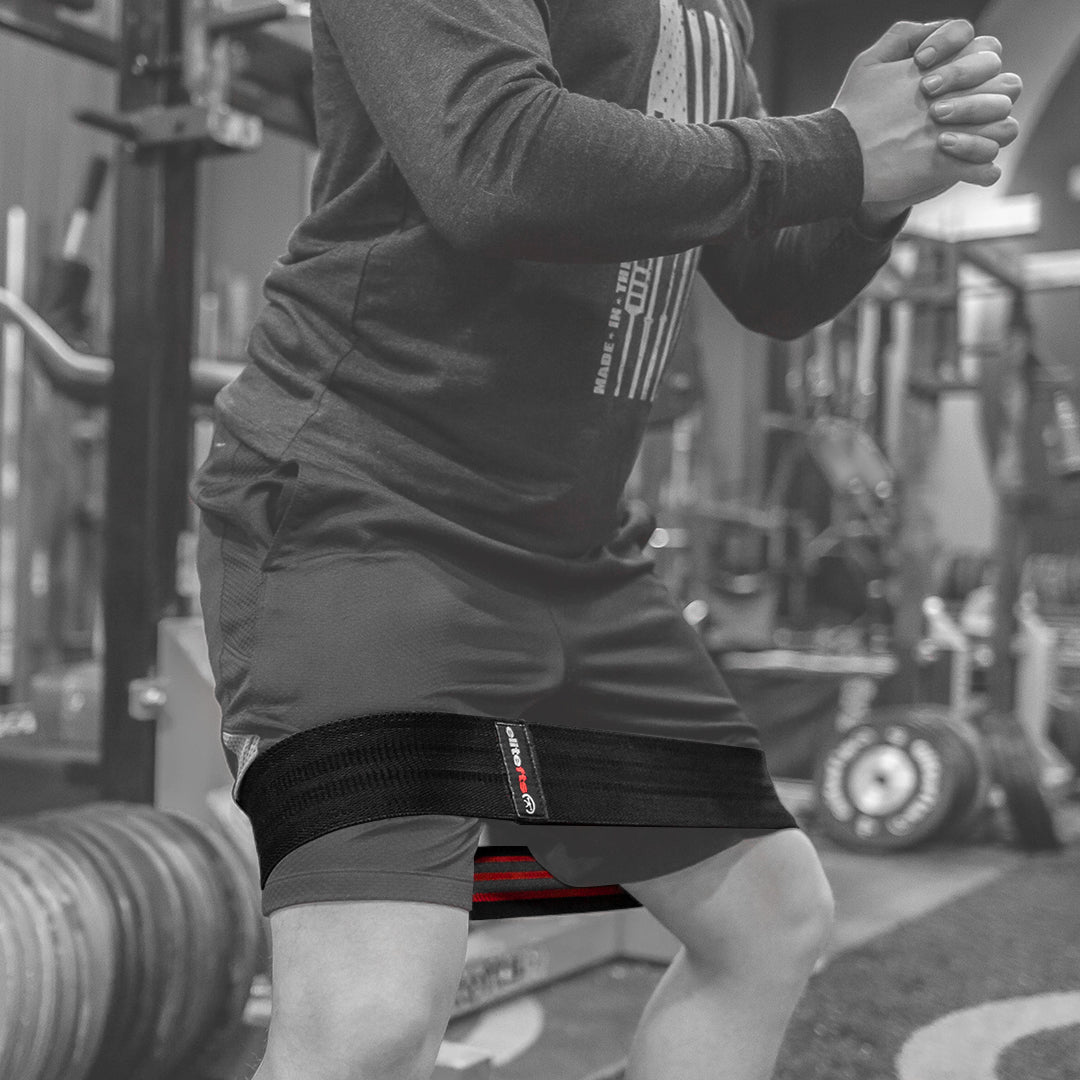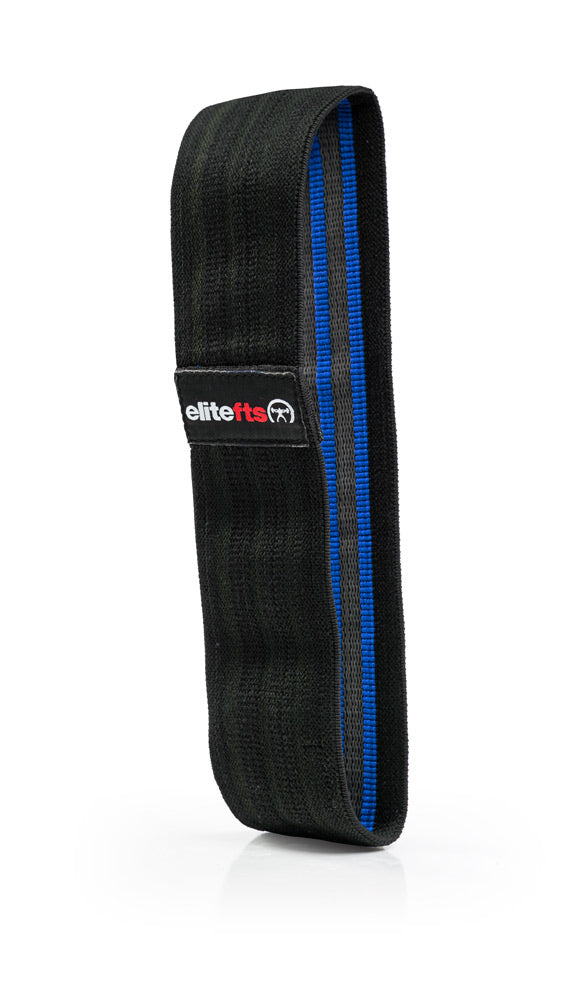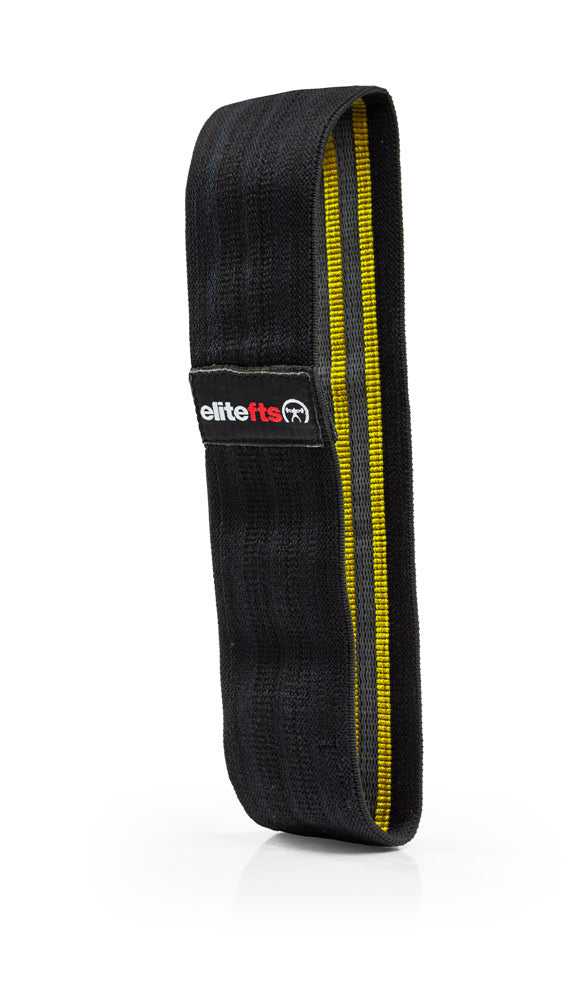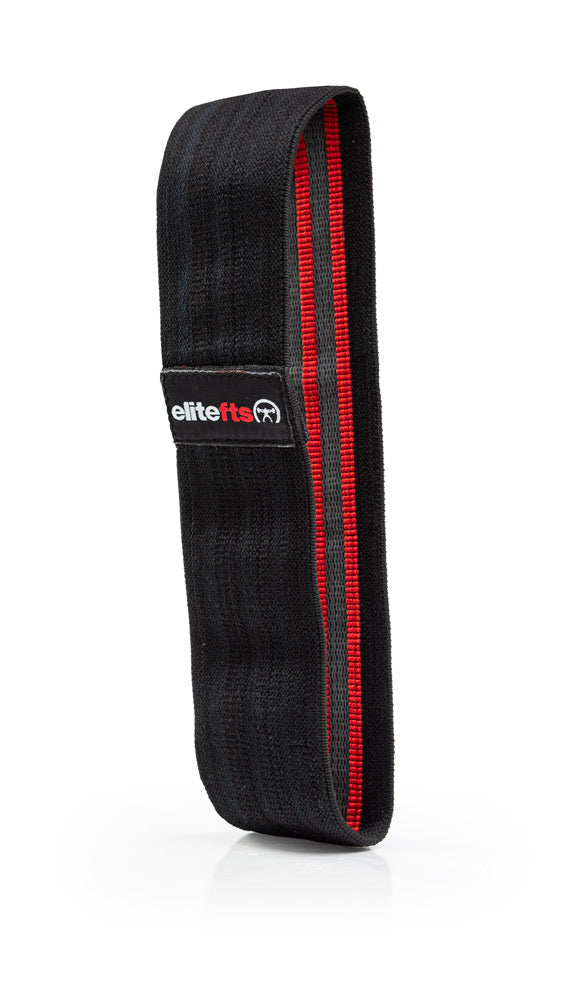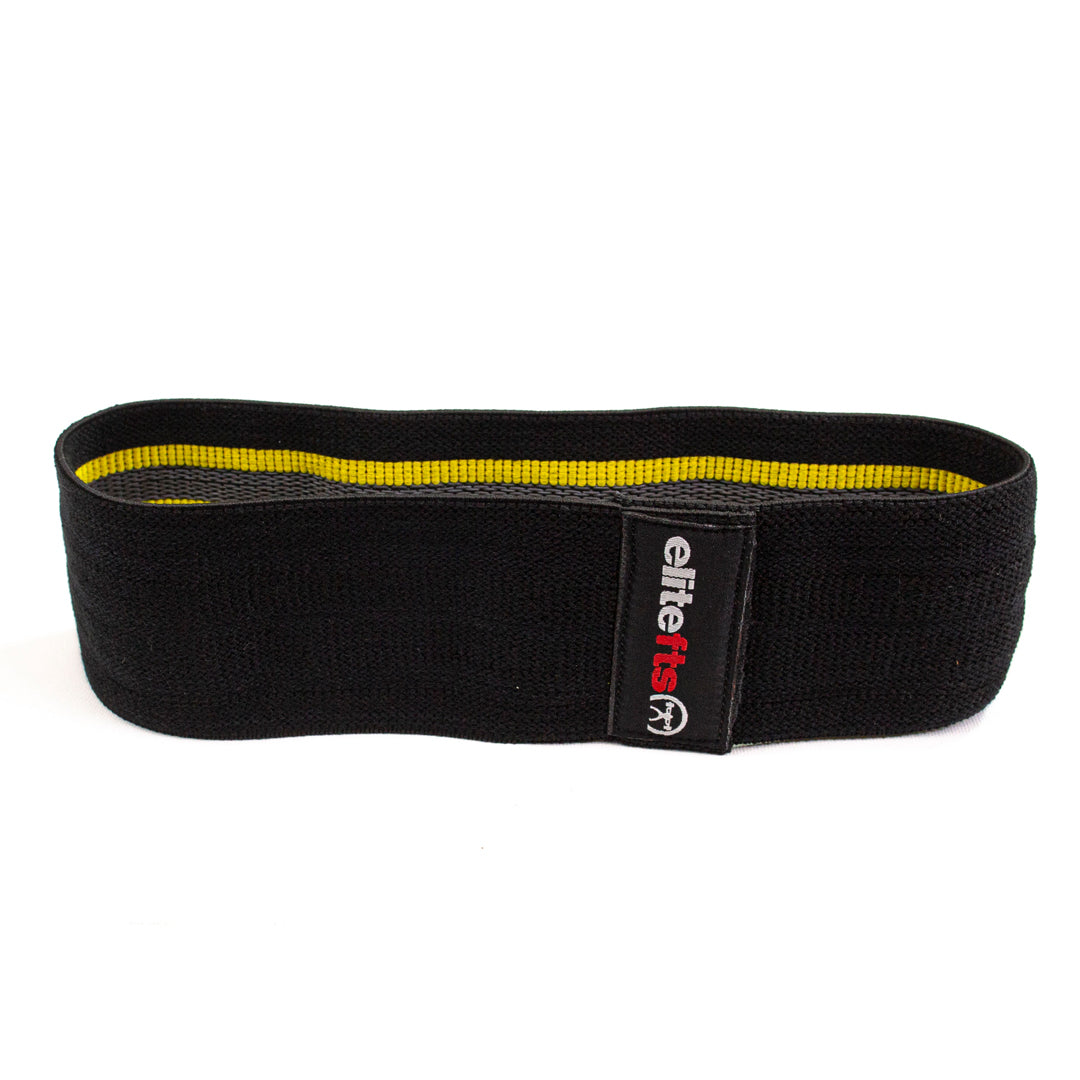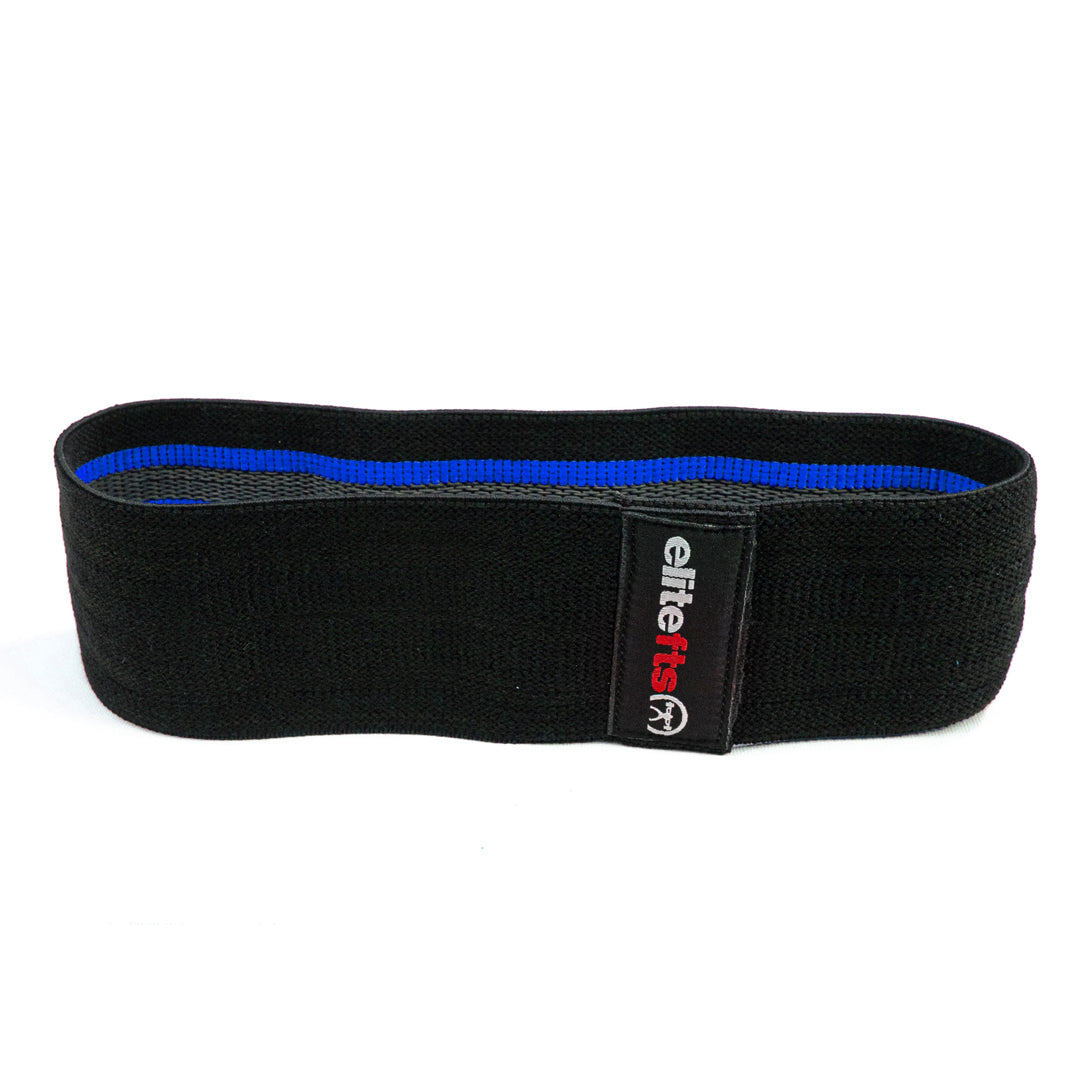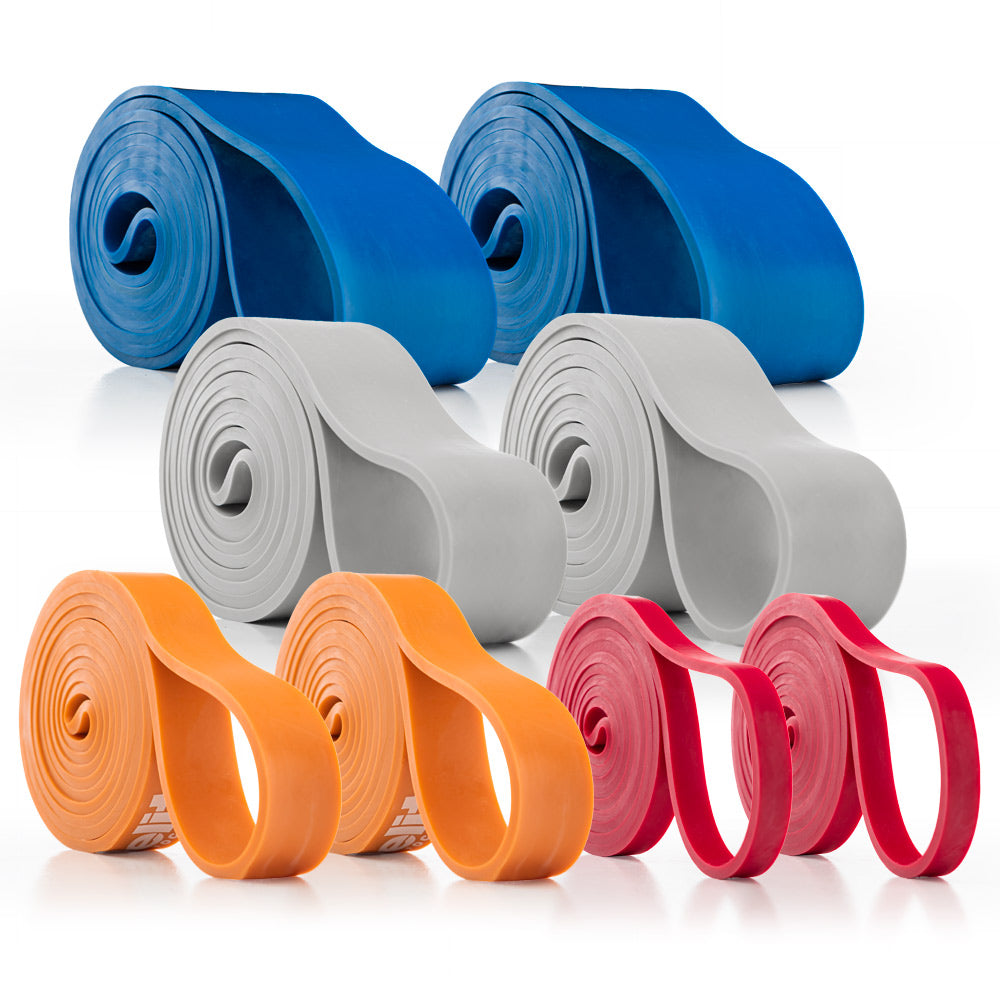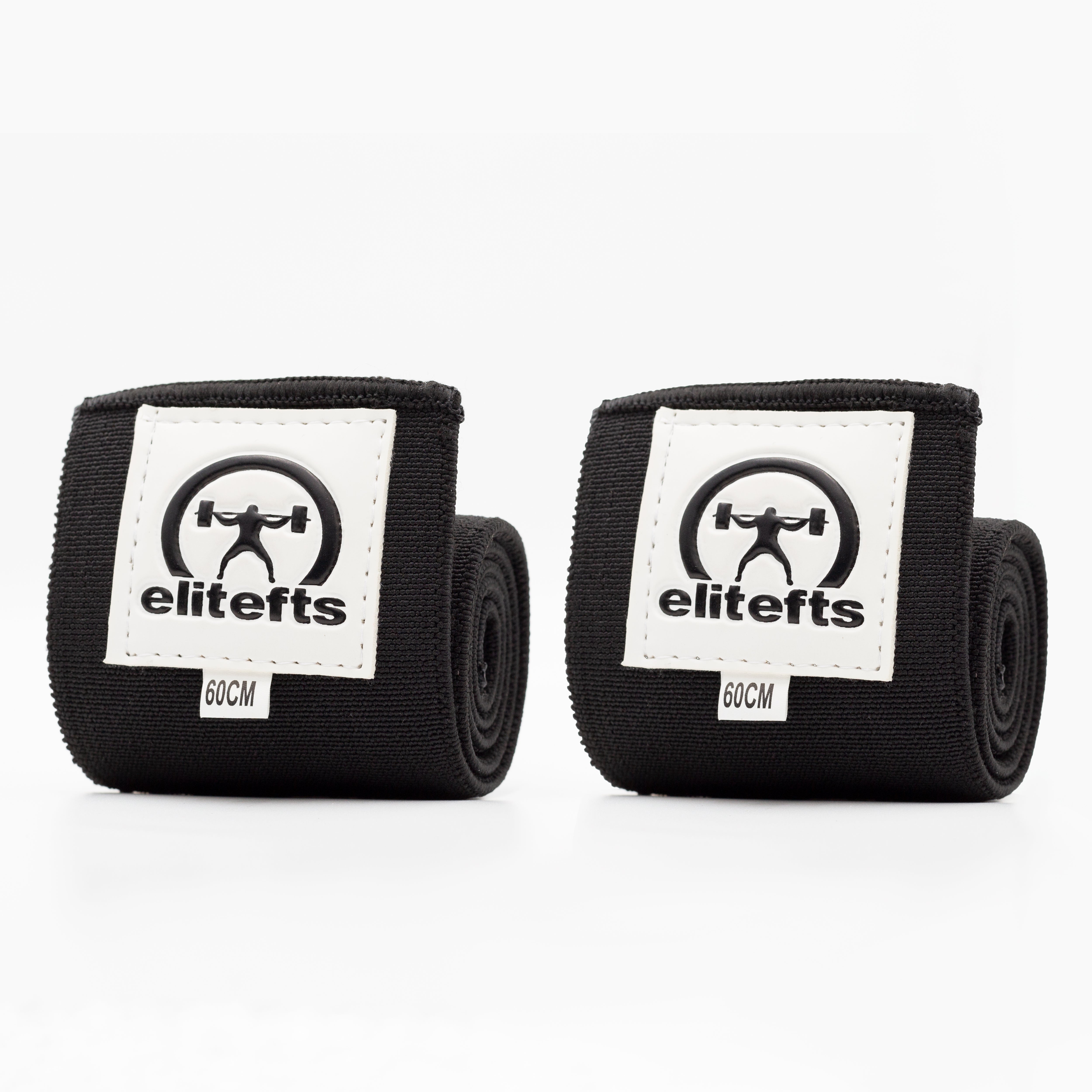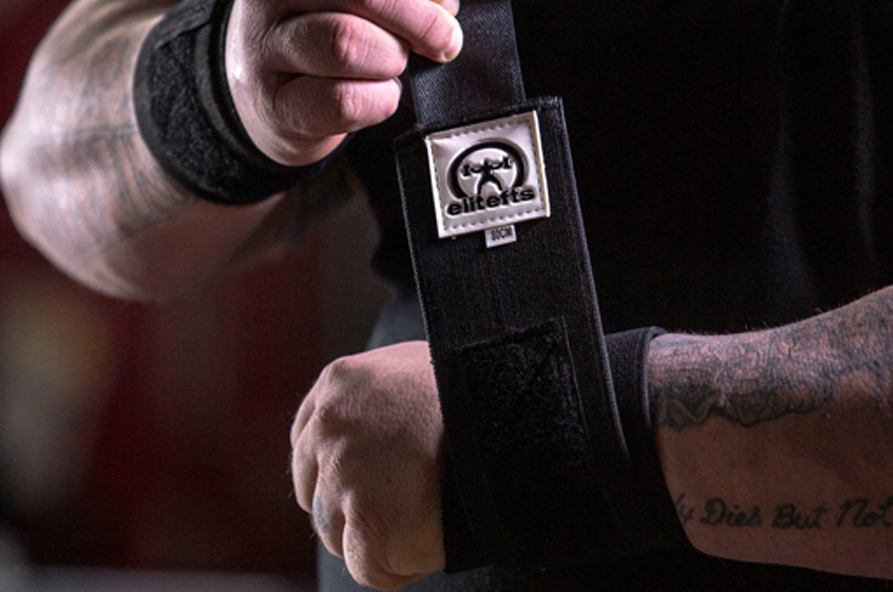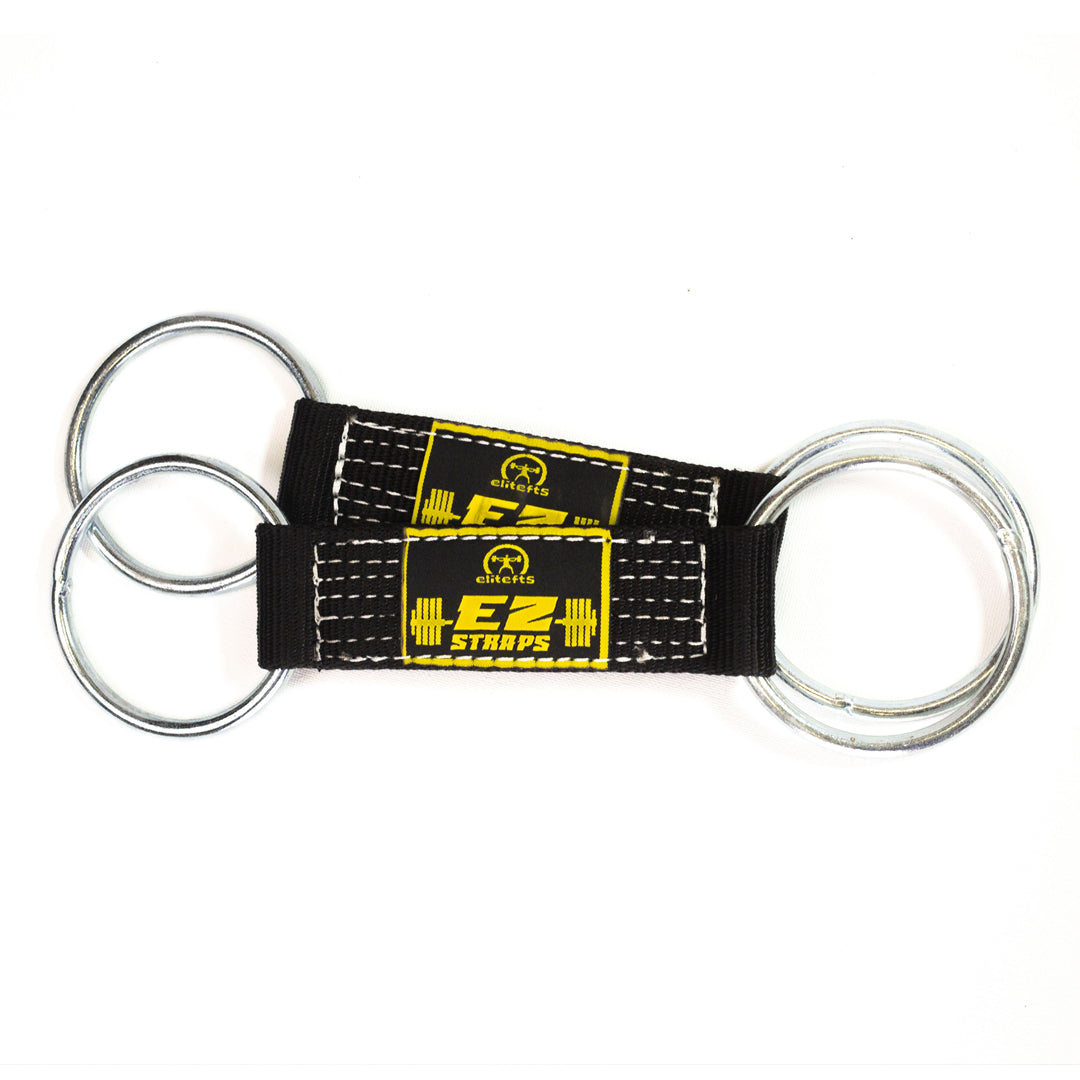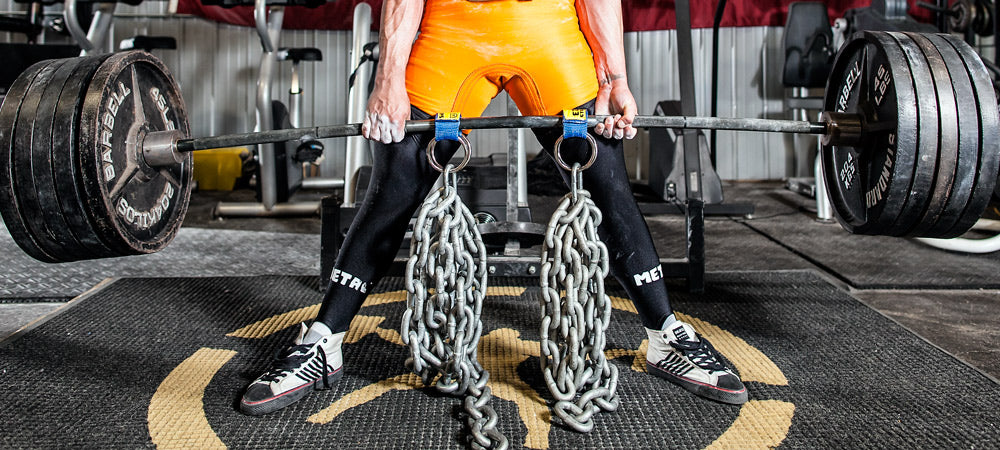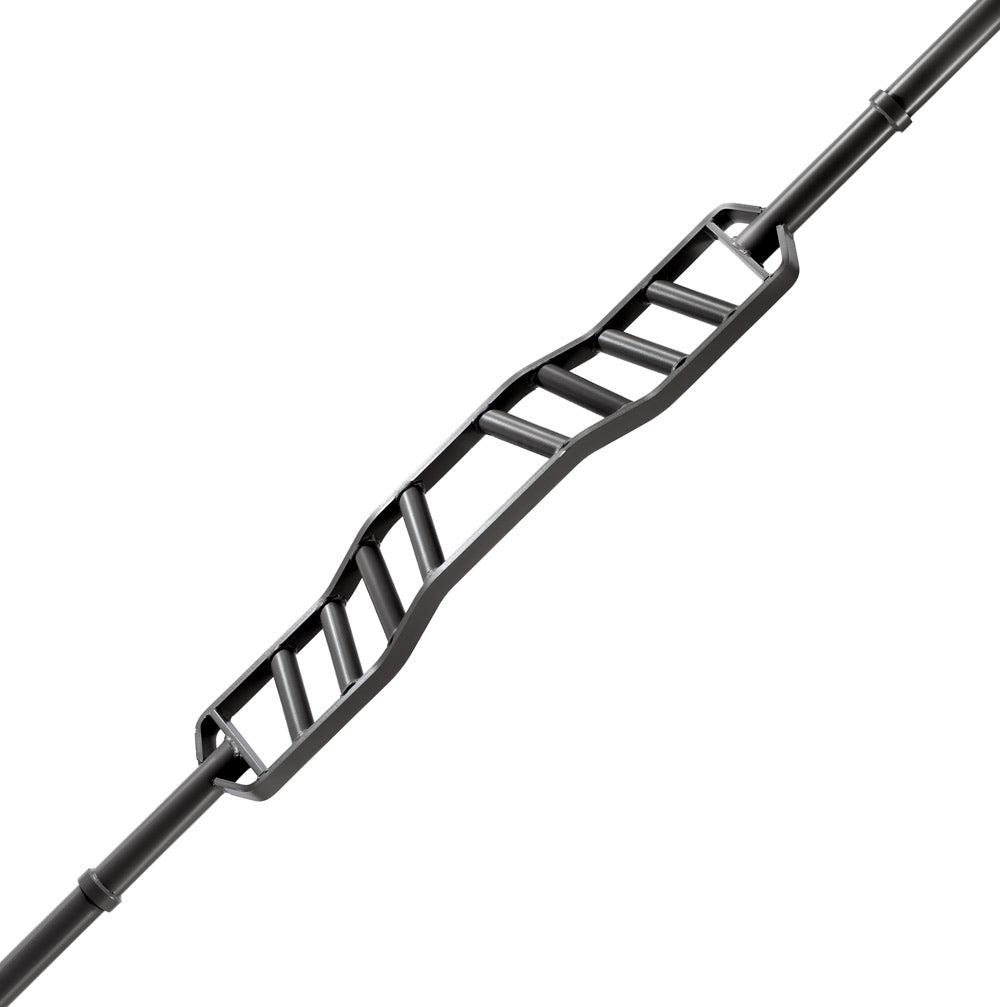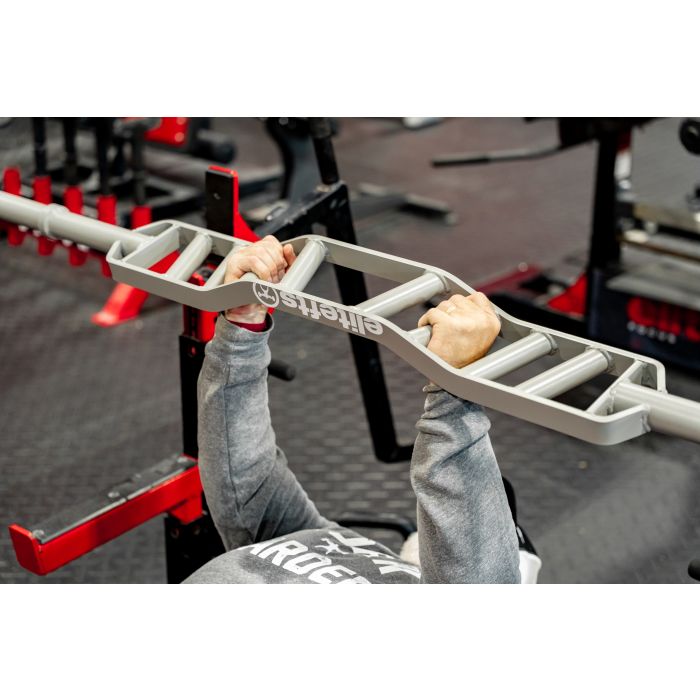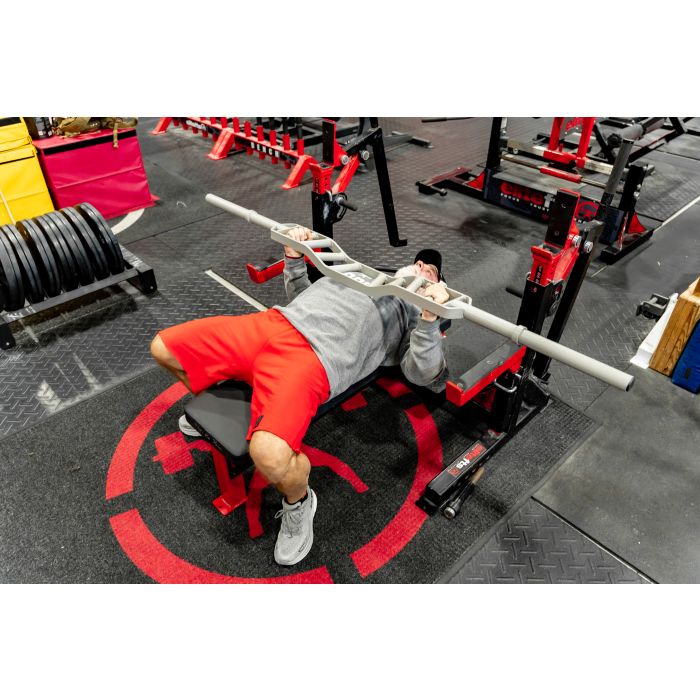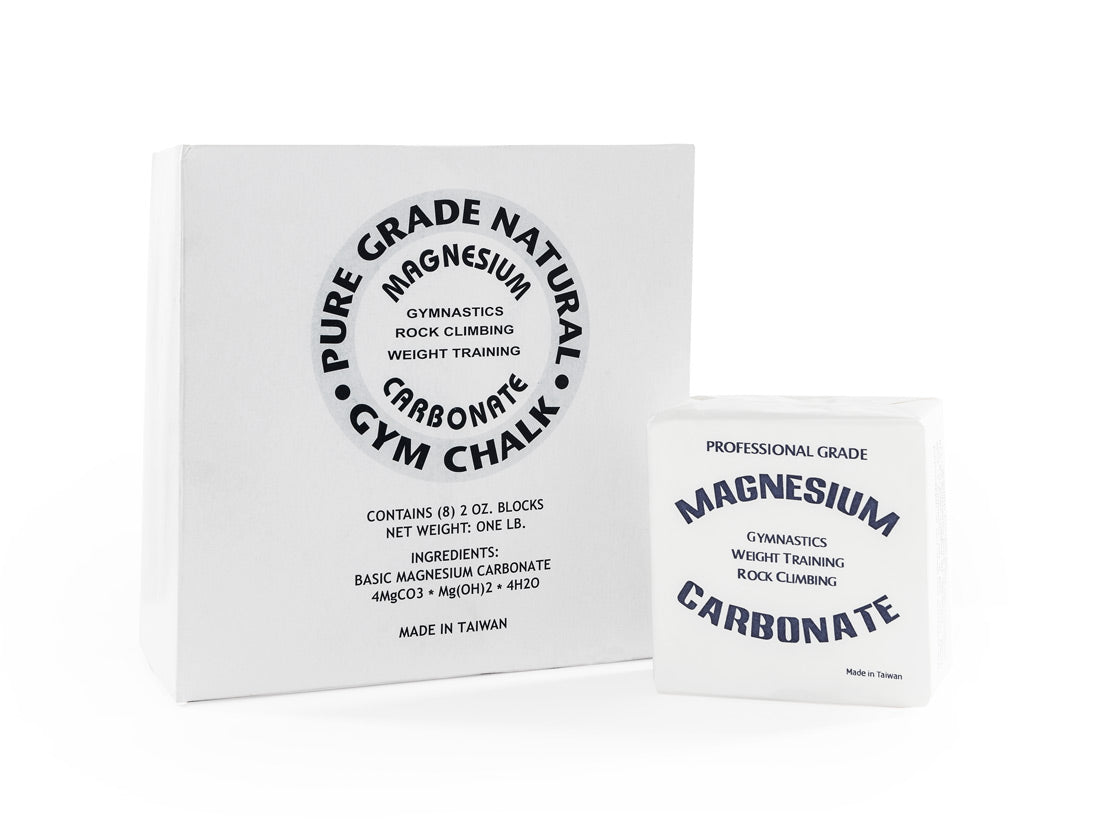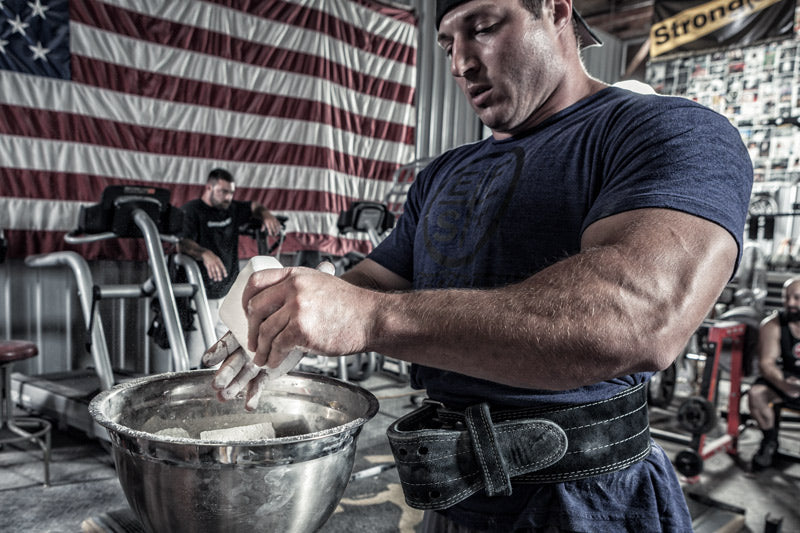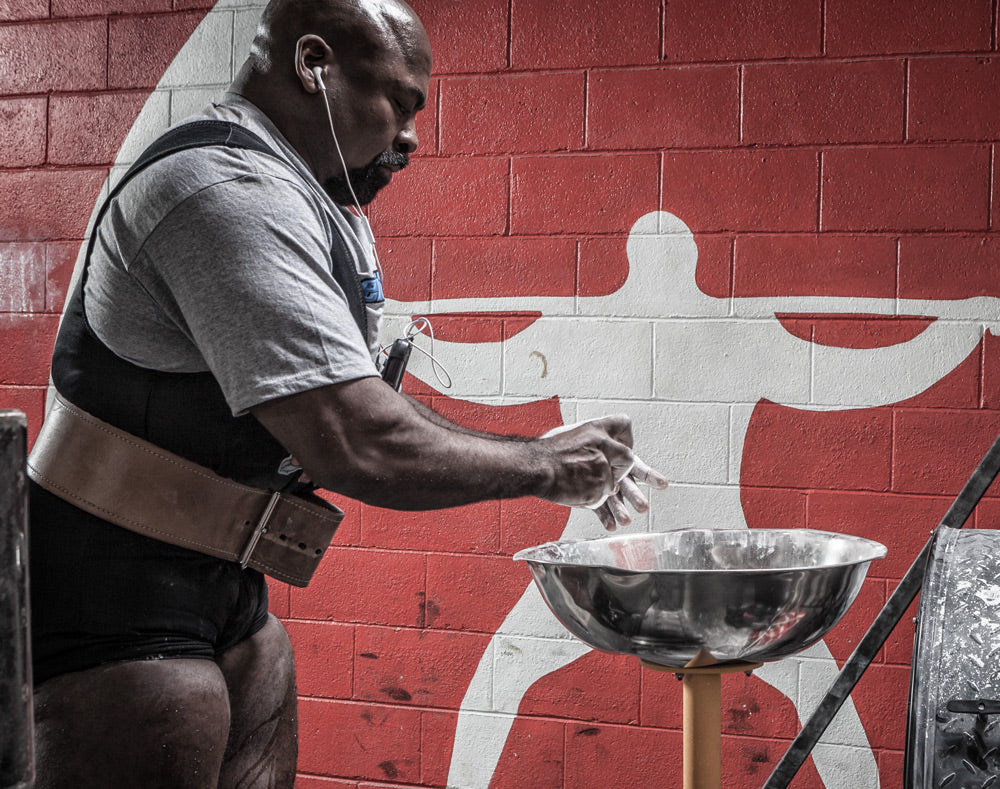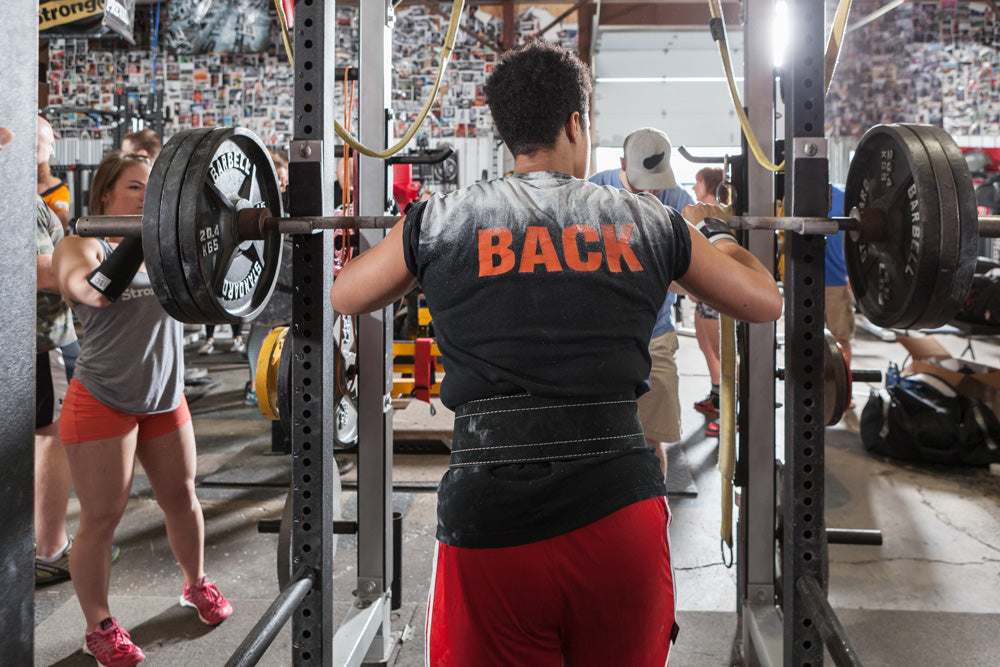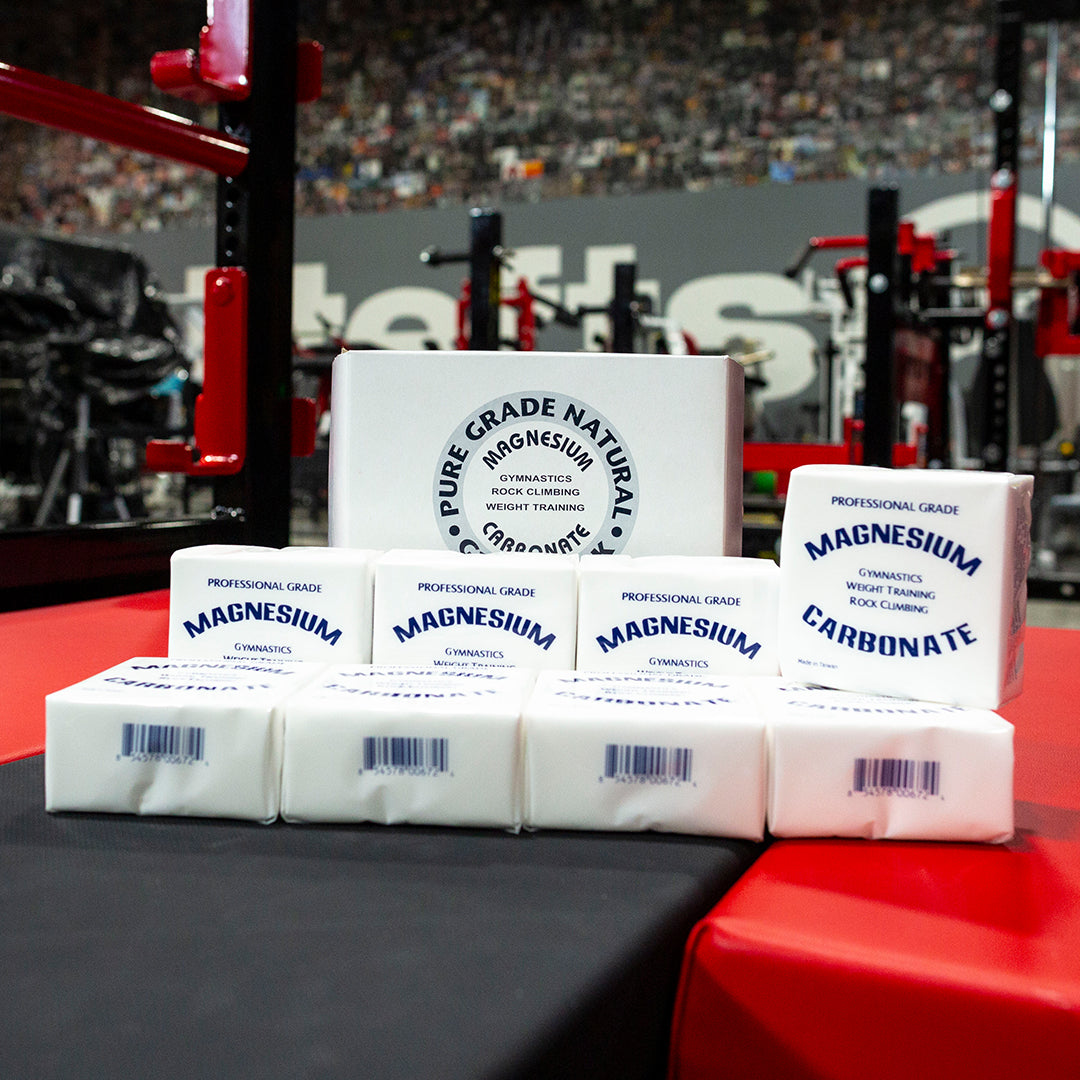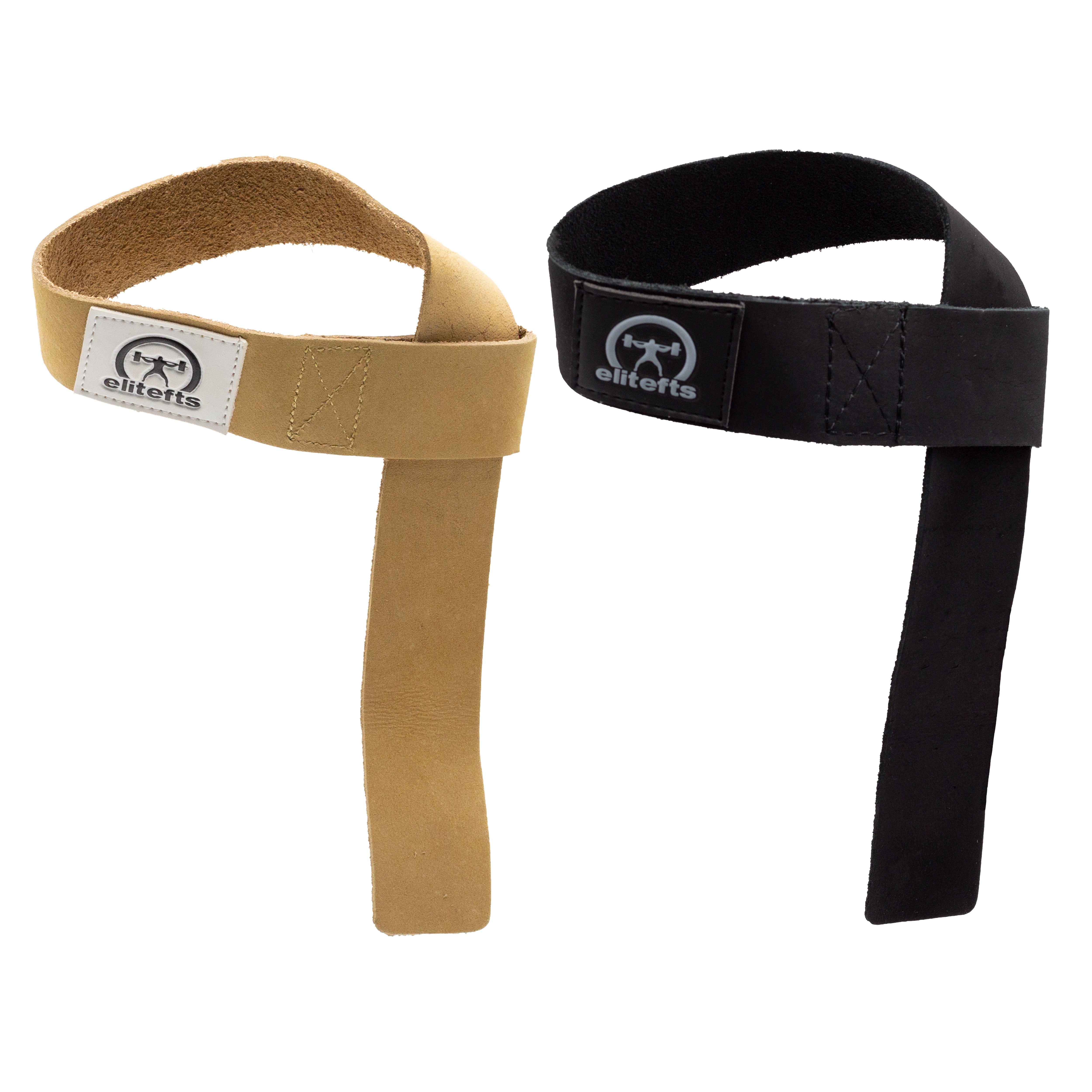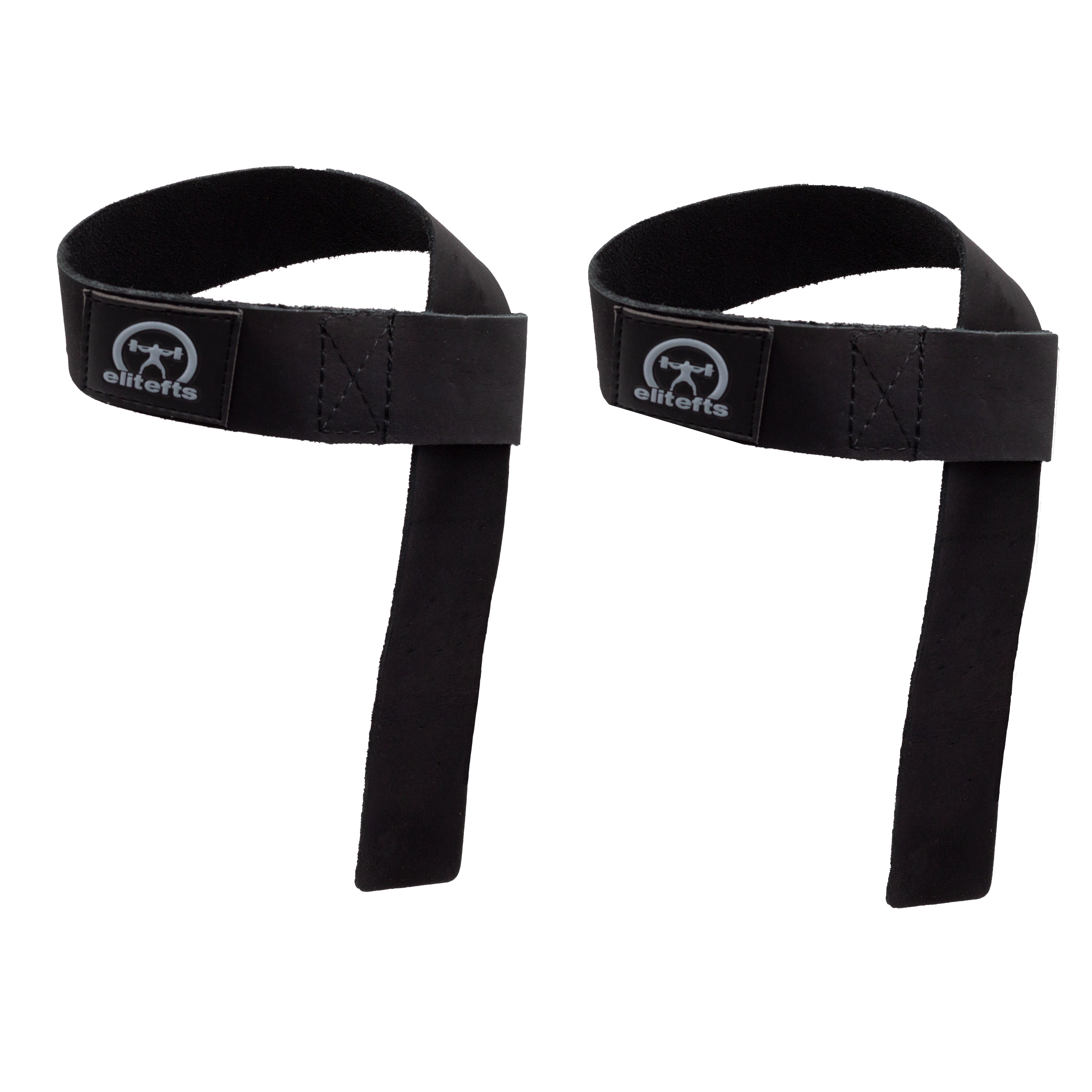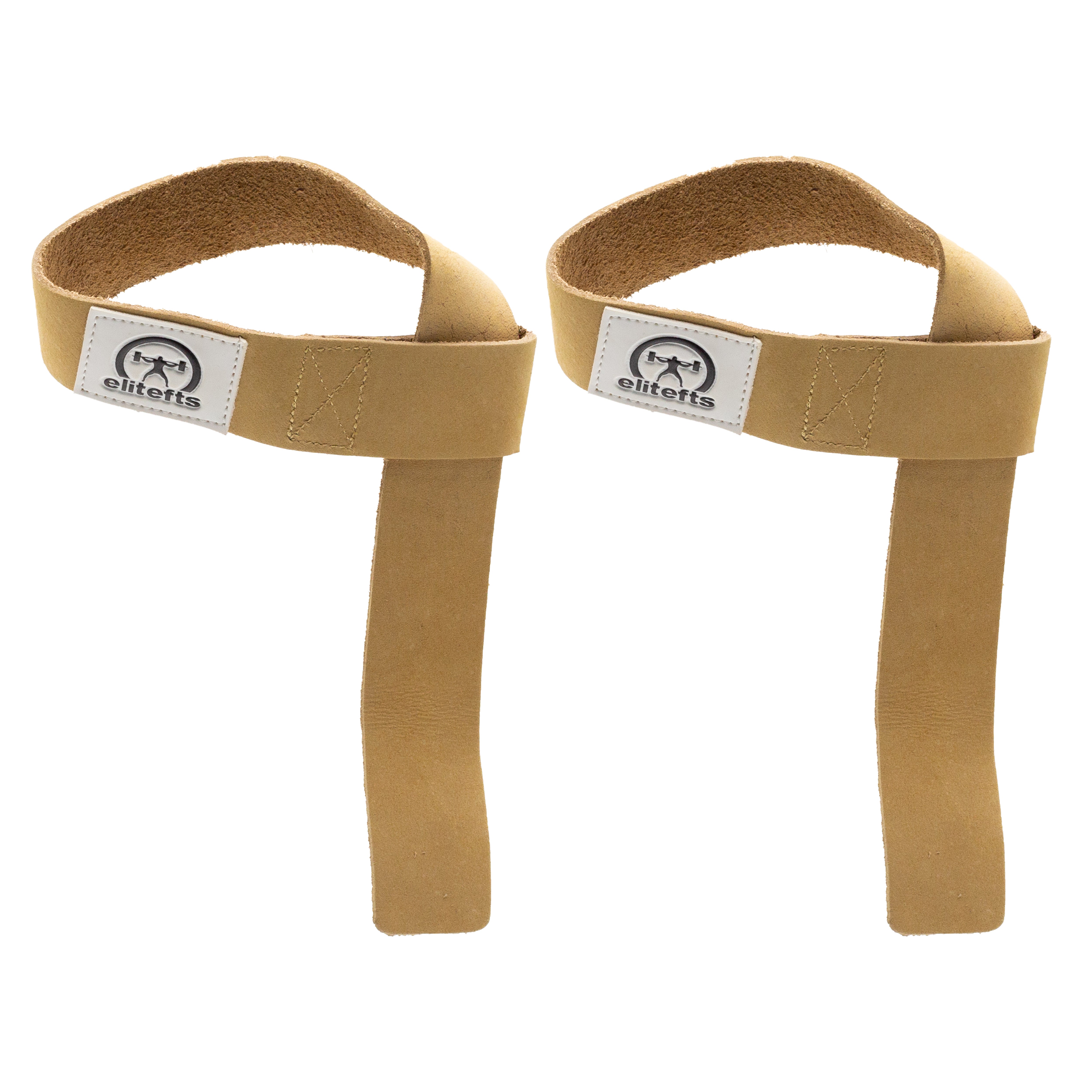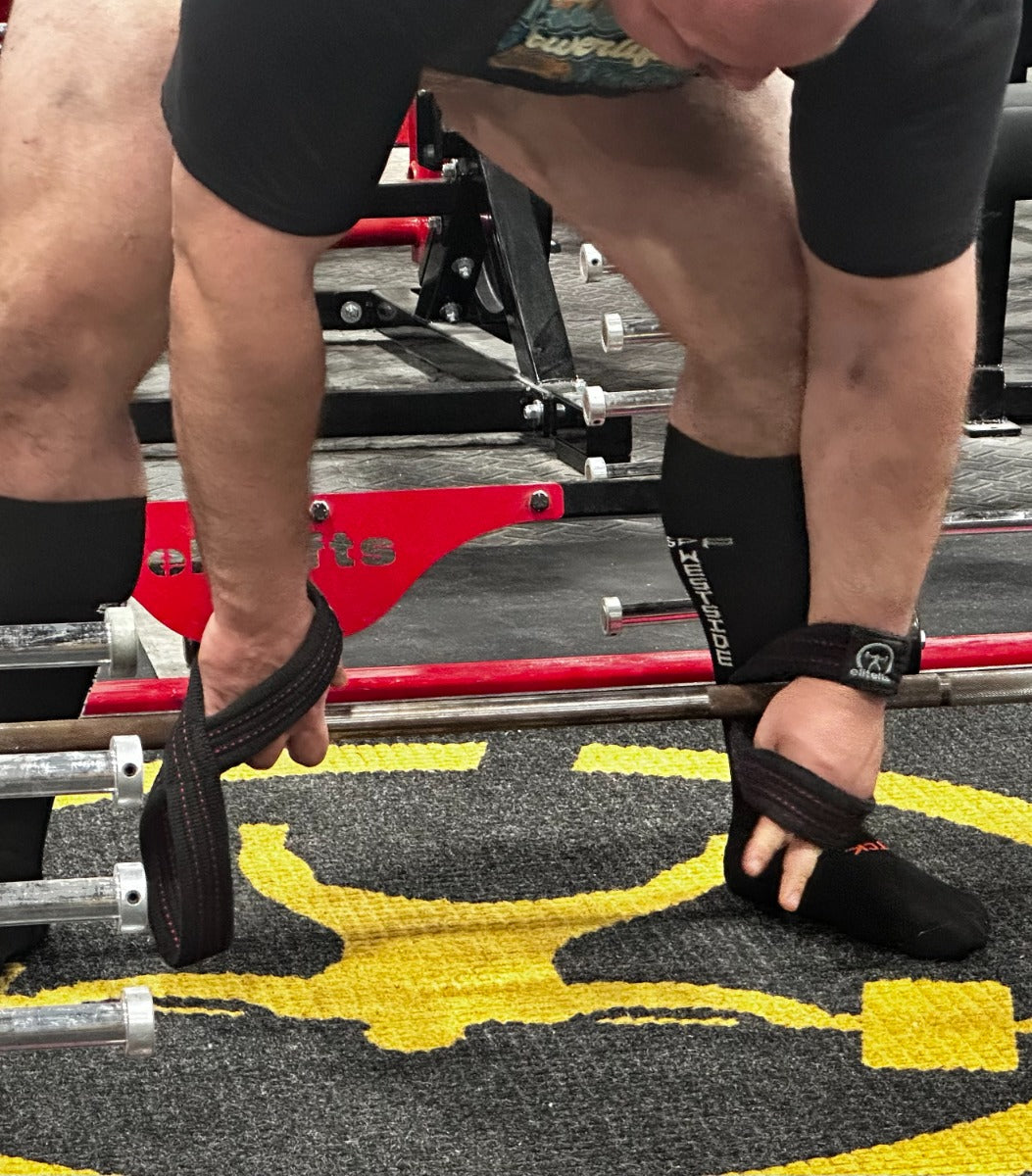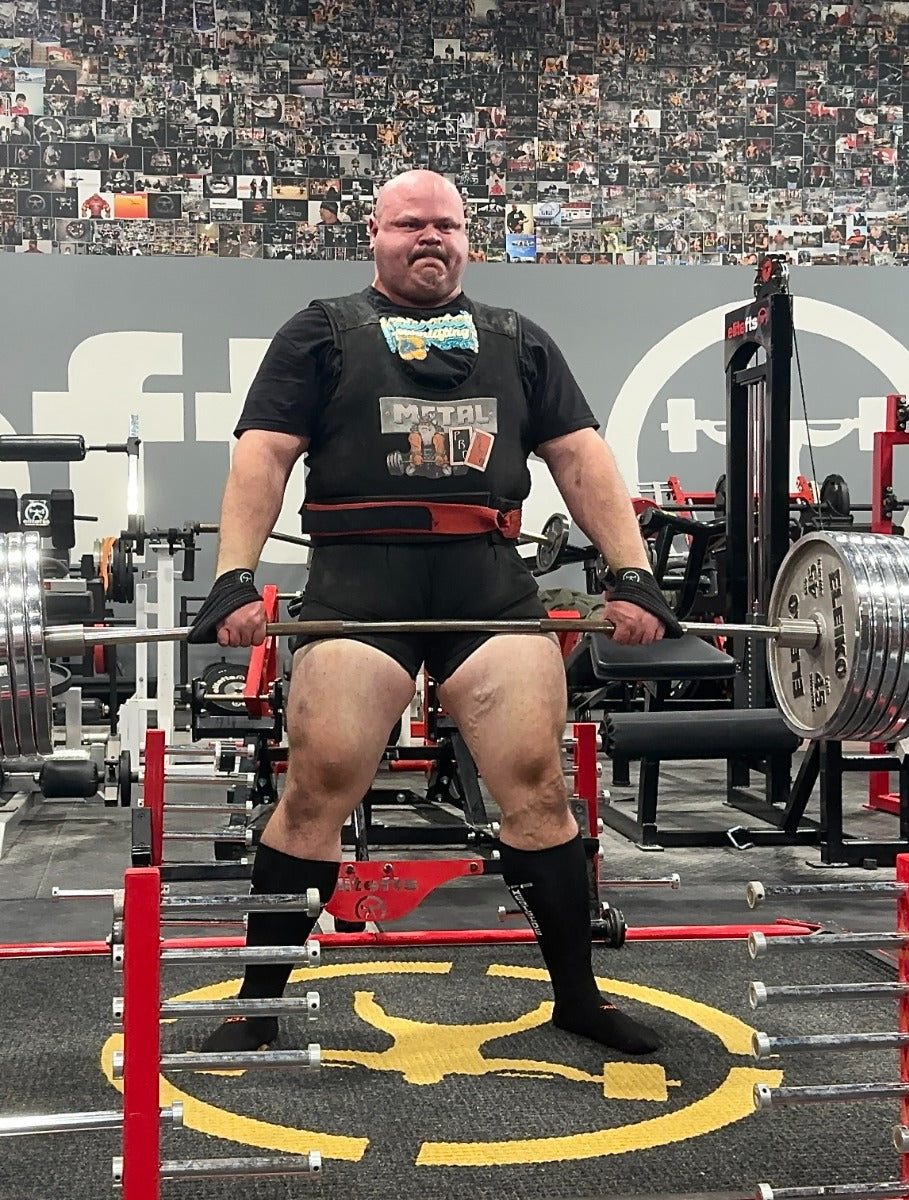Disclaimer: This article is for informational purposes only and does not constitute medical or training advice. Always consult with a qualified healthcare provider or coach before beginning any new training program or competition.
The Lost Art of Showing Up
Something that seems lost on the newest generation of lifters is why competition exists in the first place.
Actually, signing up for and doing a meet is almost an afterthought in lieu of making sure you:
- Have the right coach, the right program, the right barbell and rack to train with, the right shoes, and the right belt.
- Say the right things and have the right hashtags in your Instagram posts.
- Wear the sweatbands that match your shirt, that match your facepaint, that match your merch, that match your brand.
- Make sure you’re overtly supporting the right federation, or whatever else.
- Don’t feel ready for the meet until you've completed your 178-week beginner first meet premade prep program Excel sheet bought from some fitness charlatan off TikTok.
- Don’t feel ready until your numbers reach an arbitrary view of what “competitive” is.
We are constantly exposed to videos and great marketing/videography on YouTube and Instagram of influencers crushing their training and posting funny memes. Social media is designed to peel back all the rational layers of your brain to show you how cool other people are.
When you can get the audience and the likes in the comfort of your own gym, why compete?
The Path to Victory is Paved With Sucking at Stuff
Honestly, I have been a mediocre athlete for the entirety of my life. Sports were originally an outlet to keep my ADHD and dyslexia under some semblance of control so that I wasn’t a straight-up psychopath while sitting in class in elementary school. Fairly early on, I realized the resulting torpor of playing a sport as hard as I could put me in a mental state in school to absorb small driblets of information being taught. Not everything. But, some learned material through the fog of exhaustion seemed better than the entirety of the lesson bouncing off my shield of mania.
My Accidental First Powerlifting Meet
After years of sucking at soccer, basketball, lacrosse, a short stint of tennis, wrestling, and football, I accidentally found powerlifting. One day during my junior year of college, a few meathead buddies were training at a local gym, and they saw a guy doing the worst squats they had ever seen (shout out to Mike Hill for getting me hopelessly addicted to strength sports). A conversation that my buddies sparked with the guy led to him explaining that he was doing good mornings with 405 pounds and training for a powerlifting meet. He gave my friends several copies of the meet entry form (the Internet barely existed in 2004), and they told me about it later. It sounded cool, and I wanted to do it, but I didn’t want to interfere with football training. After mulling it over, I called the meet director a week before the competition and signed up over the phone. It was no big deal because only 20 people had signed up. This was a USAPL meet on the East Coast. These meets fill up fast nowadays. To show you how greatly times have changed, this competition had a 24-hour weigh-in option, and I wore knee wraps in the raw division. Again, in the USAPL. Wild.
It took quite a bit of internal monologue and self-talk to convince myself to go through with the meet. This was the only time I was nervous about heading into a competitive endeavor because I had zero training and no idea what to expect. Hell, I had to get my mom to go to a friend's house before the meet so she could pick up a singlet because I had no idea I needed one until I weighed in.
Once the meet started, I laced up my Nike basketball shoes (with the little air bubbles in the heels). To reiterate, I had no clue what I was doing. Yet, I had one of the best times I have ever had competing in a sport. I ended up winning the Junior 275lb and Best Heavyweight Lifter award. There were only two juniors and four heavyweights overall, but I am not here to get into unnecessary semantics like that.
Shortly after my first meet, I realized the only thing I liked about playing sports was the training for them. I competed a few more times, confirmed that I hated team sports, and quit college football to focus 100% on the chaotic kinesis of pursuing strength.
So, I had many reservations and reasons not to attend this first meet. I still showed up and lifted some weights anyway. This was the first of over 50 meets I have now competed in. At this point, I can’t even begin to tally up how many competitions I have been to watch, spot/load, or just help people with the standard hullabaloo accompanying a meet day. This experience changed my life for the better, and I almost never even did it.
Accidentally Winning Gold at a Powerlifting World Championship
In 2012, I signed up for USAPL Raw Nationals in Killeen, Texas. Training for this meet sucked. I Forrest Gump'ed my way through the last ten weeks to the soundtrack of my little one-man orchestra of barbells falling off my back and dropping a slew of missed deadlifts from about one millimeter from lockout. It looked increasingly like not doing this meet was the only logical choice. Why would any rational person fly halfway across the country to do bad in a meet on purpose?
Since the beginning of my competitive powerlifting experience, I have always been a firm believer that more meet experience pays dividends down the line like:
- A feel for the rhythm of things.
- A better idea of what the timing between attempts looks like.
- How to evaluate exactly how low depth has to be on squats and how long bench pauses will last before you are on the platform.
- A better understand what meet-day foods aren’t going to turn the inside of your squat suit into something that looks like a truck stop bathroom murder trap from a Saw movie. With this belief in mind, I decided to go and lift.
A few people bombed out, a few people missed some lifts, and I barely finished in second place in the 275s. Anyone doing meets during this period knows that Mike Tuchscherer was utterly dominating the 275-pound class. This meet was no different because he totaled over 2000 pounds raw. At this point, Mike and I had competed against each other (if you can even call it competing because he routinely beat me by hundreds of pounds) numerous times at bigger events. I have always said that I wished he was a jerk or showed some iota of not being one of the most awesome people in this sport so that I had a warranted reason to be pissed off at him. But, unfortunately, he is one of the nicest and most intelligent people I have ever met. I don’t believe anyone who’s ever interacted with him has a bad thing to say about him. Anyway, a second-place finish at nationals means I scored an alternate spot on the world team for the first IPF Classic Powerlifting World Cup in Suzdal, Russia.
Injuries, Deadlifts, and a Gold Medal
Never have I been so motivated and focused on training as I was before worlds, and I was killing it. This meet would be stacked with some of the strongest raw powerlifters in the world, and I wanted to give an outstanding performance. Well, the universe had other plans in mind because four weeks out, I broke several bones in my left foot. This injury didn’t stop training, but I started squatting all weird to avoid pain. This compensatory pattern caused a quad strain in my right leg three weeks out. As you can imagine, I was dealing with many emotions about this. The most prevalent of which was me being pissed off at my soft shitty body for failing me. I again wanted the experience. So, I went and competed.
Going into deadlifts, I was in dead last place out of 23 lifters in the 264-pound class. My foot sucked. My quad sucked. Squats were miserable, and I hit about 100 pounds less than I had planned before the injuries. I couldn’t get any leg drive on bench at all. While I was incredibly frustrated and everything leading up to deadlifts was a nightmare, I felt relatively well rested because I had barely lifted anything in my previous six attempts. Plus, neither of these injuries impeded anything with my pulling.
With the help of coaching legend Matt Gary, I smoked my first and second attempts, which set me up to comfortably get 4th place on the deadlift if I missed my third attempt and everyone else made theirs. My third attempt was a conservative call, but it bumped me into third place if the final two pullers in the flight and I were all successful. The last two people to lift were a deadlift world record holder, Mohamed Bouafia, and none other than the coolest arch nemesis anyone could ever have, Mike Tuchscherer.
I am sure my 777-pound deadlift was launched into outer space and is still in orbit over Russia. I was beside myself. With these dumb injuries, pulling into third place and winning a bronze medal at this loaded world championship was hands down the most incredible thing I have done in powerlifting and one of the things I am most proud of.
Mohamed went after me with a 777-pound deadlift as well. He needed this to secure the win. He had just missed 749 pounds before this over a technical error and was also the current world record holder, 782 pounds at the time, so this seemed like a sure thing for him. But he couldn't lock it out after blowing it up off the floor. I didn’t realize it then because I was so elated about my bronze medal that I won that his miss bumped me into second place for the deadlift.
Mike T rounded out the deadlifts with an 804-pound third attempt. Mike also missed his second attempt due to technical issues, but the bar speed was hypersonic, and there was little doubt that he wouldn’t get his final lift. Again, he pulled it at a blazing speed, got it about as close to lockout as possible, and then lost it due to trouble with his grip. He left the platform, understandably, visibly upset. I patted him on the back and said, “Nice try, man,” as he walked past me to the warm-up area. I was super bummed for him because that pull was CLOSE!
As I looked at the standings on the monitor a few minutes later, my brain was having a hard time processing the lifter order for the deadlift. It said I was in first place. The feeling of my internal monologue hitting me like a baseball bat across the teeth when it screamed to me, “Holy shit, I got a gold medal,” is truly hard to describe. My final pull also jumped me from 23rd to 8th place in the division. I couldn’t believe it. It’s 12 years later, and I still don’t, honestly.
The Moral of the Story: Why Compete?
Competitions exist because this sport isn’t about who can do 80% of the best and who can edit their training vlogs the best. It’s about who can plan their training the best, who can control the external stressors with work and real life the best, who can prioritize sleep the best, who can regulate their nutrition the best, and who can show up on meet day and display all of the previously mentioned preparation the best in nine attempts.
We find the best parts about ourselves under competitive stress. We also see the worst. My most significant piece of advice for new lifters is to go compete. Read the rules, get a singlet and long socks, find the closest/soonest meet to you, and do it as soon as possible. See if you like the sport before investing loads of time, energy, and money into something you might not enjoy doing. Worst-case scenario, you waste an afternoon and likely get a 30-cent medal and a $20 T-shirt. In the best-case scenario, you fall in love with it, get some meet experience, and have a competition total to build your training off of from this point on.
I had every reason in the world not to do my first meet. Not competing in it could have meant I never did any powerlifting meets. This also means I potentially wouldn’t have found a sport to be passionate about and to compete in for the rest of my life.
I had every reason not to go to the 2012 Nationals, which would have resulted in a no-invite to the Worlds.
There were literal broken bones in my feet before Worlds. If I hadn’t gone to that, I would have never accomplished one of the coolest things I have done in this sport so far.
Go compete. You might love it; you might hate it. Either one is fine. But who knows what you’re missing out on if you don't do it?
BIO:
Mike Hedlesky has competed in over 50 meets in his 20-year powerlifting career. His best lifts include a 667 raw squat, over a dozen 800+ pound deadlifts in competition, and a bench press that's stayed about the same for 20 years. Currently, Mike is in charge of marketing, outreach, fundraising, and donor relations. He manages the 100+ member on-site fitness center for a significant nonprofit that offers programs and resources for seniors on the Lower Eastern Shore of Maryland. He is also an adjunct Health and Human Performance professor at Salisbury University.
Mike holds a master's degree in Applied Health Physiology with a concentration in Applied Strength and Conditioning. He has a whole slew of certifications, including his CSCS, USAW/USAPL/CrossFit Level 1 Coaching Certifications, Westside Barbell Special Strengths, and numerous certifications for training people in special populations. In his free time, he likes to read, write, perpetually argue with strangers on the internet, play too many video games, drink too much bourbon, and spend time with his wife, newborn daughter, dogs, cat, pigs, chickens, snake, wrigglers, and bees.

